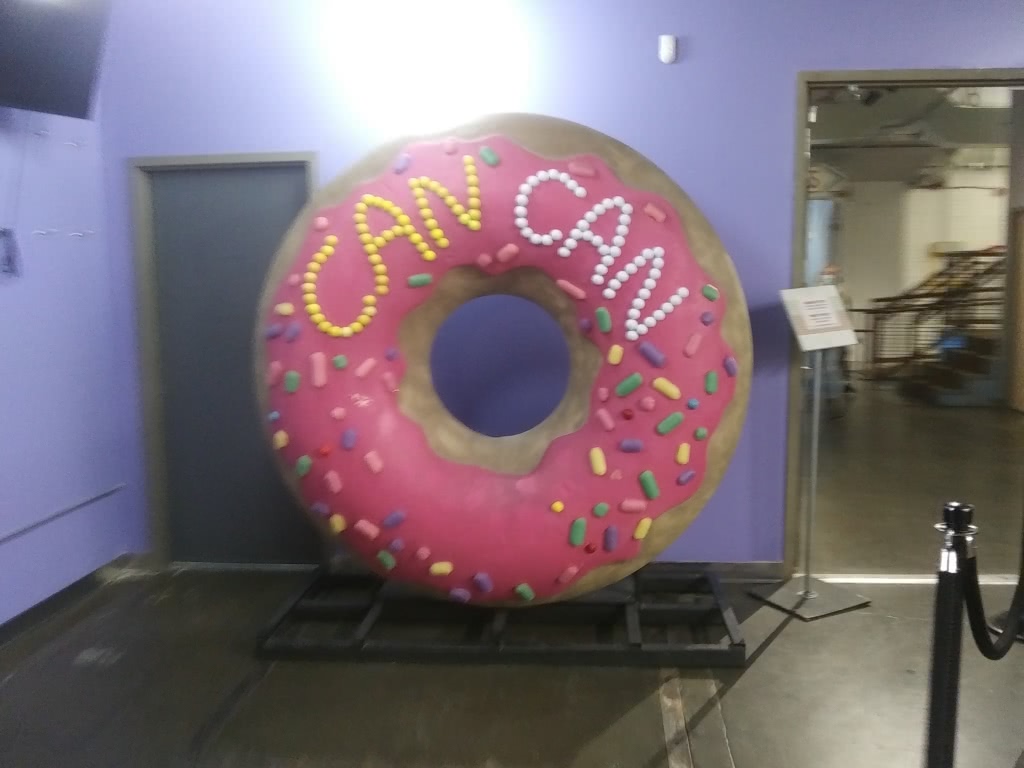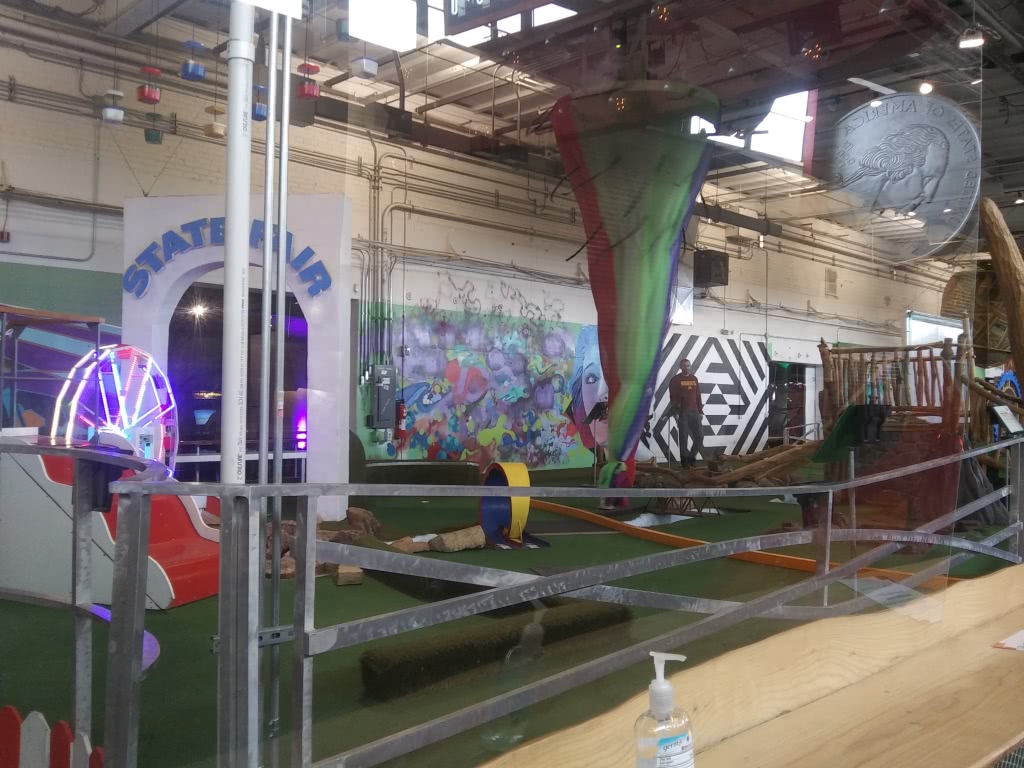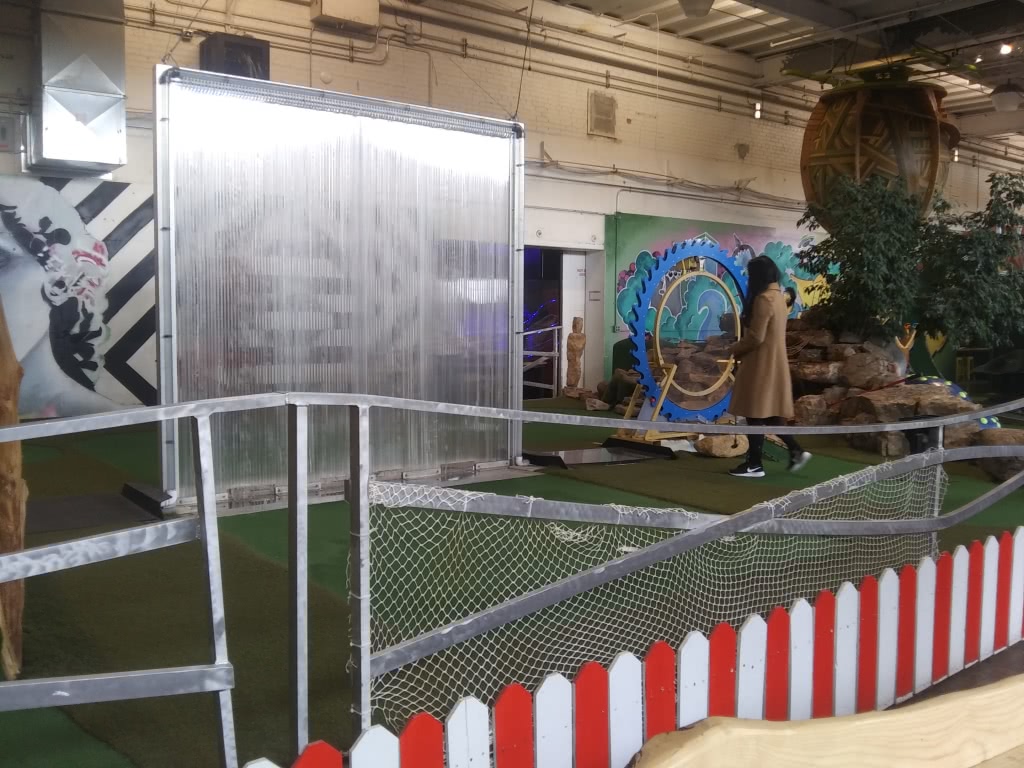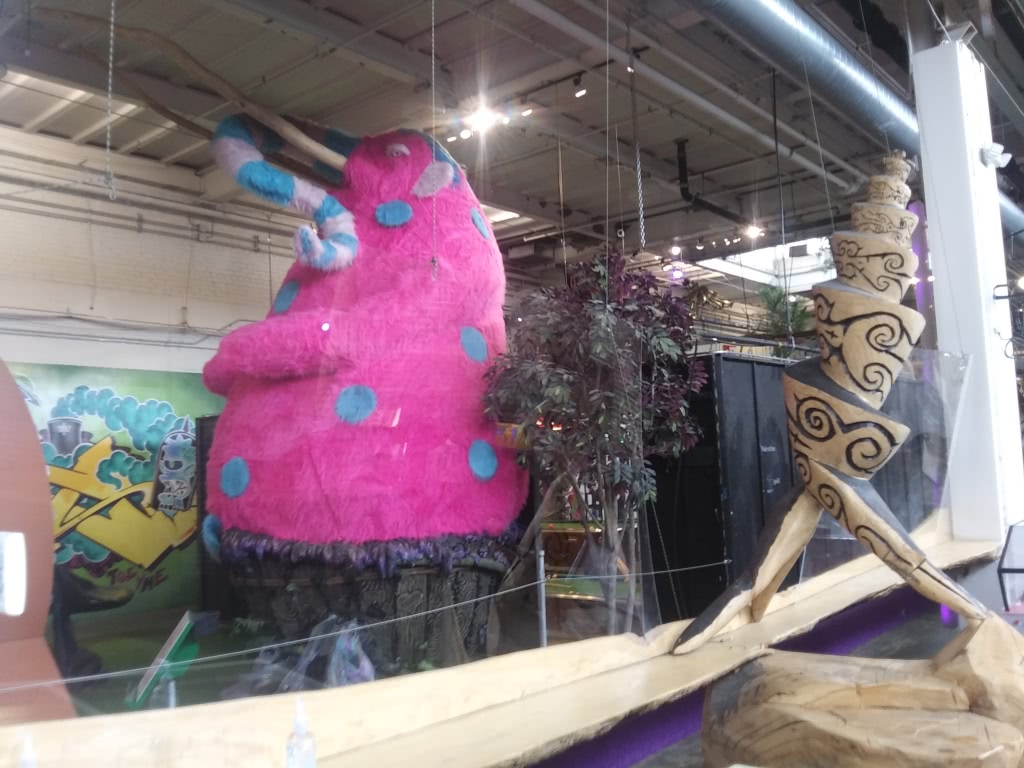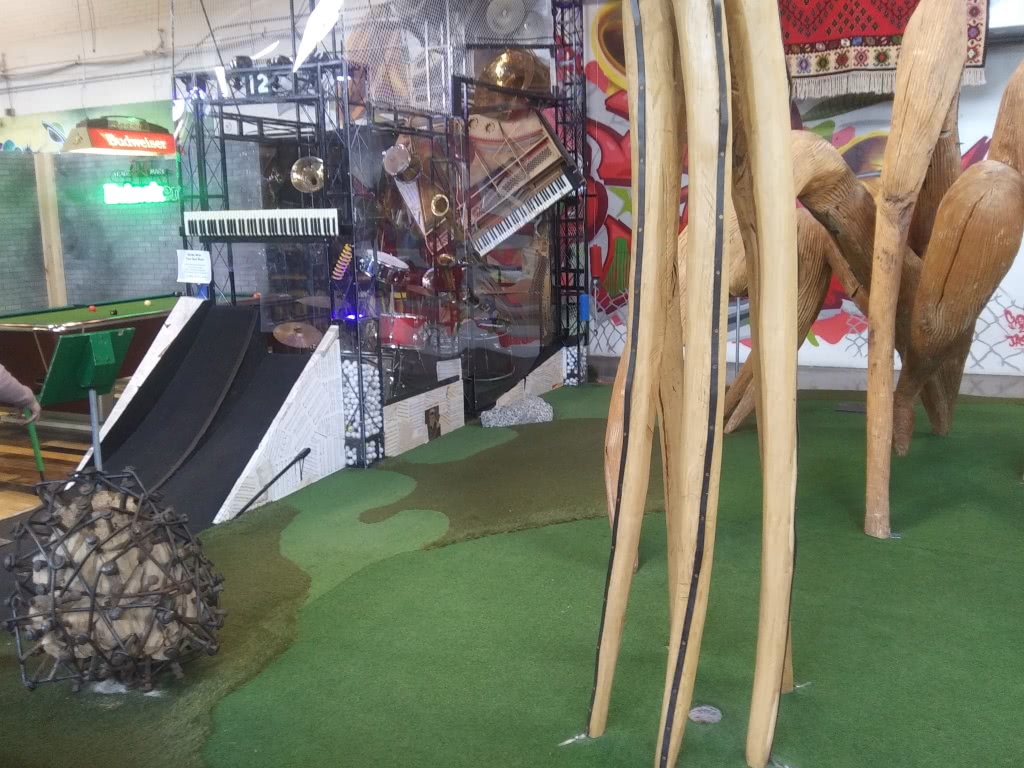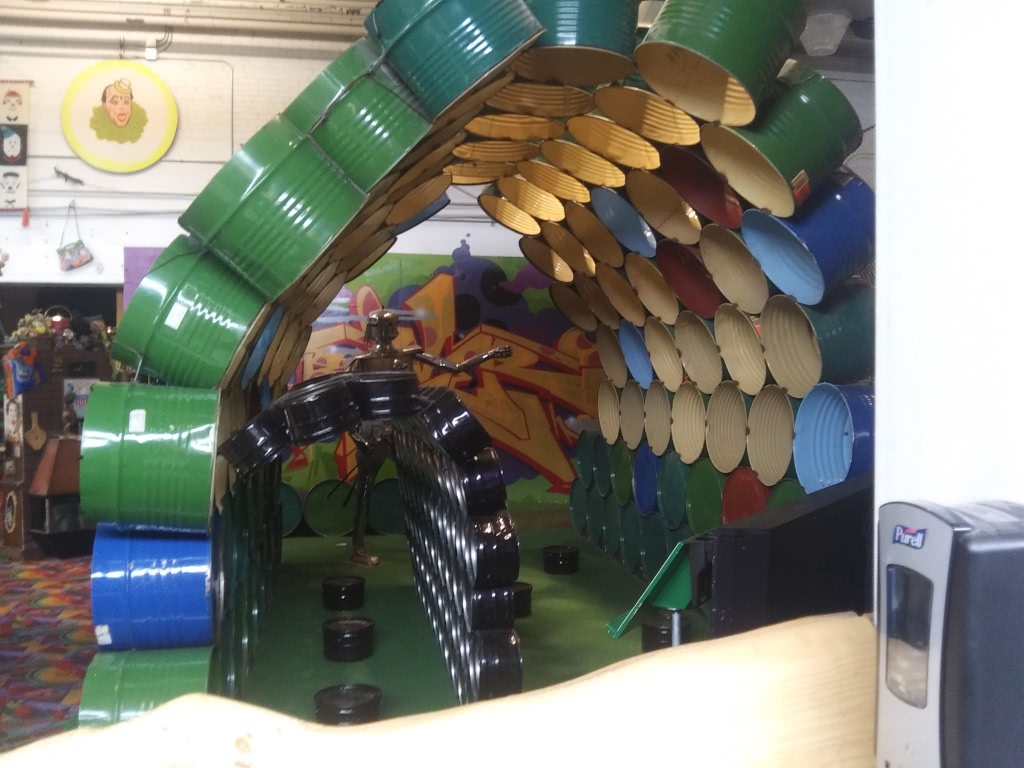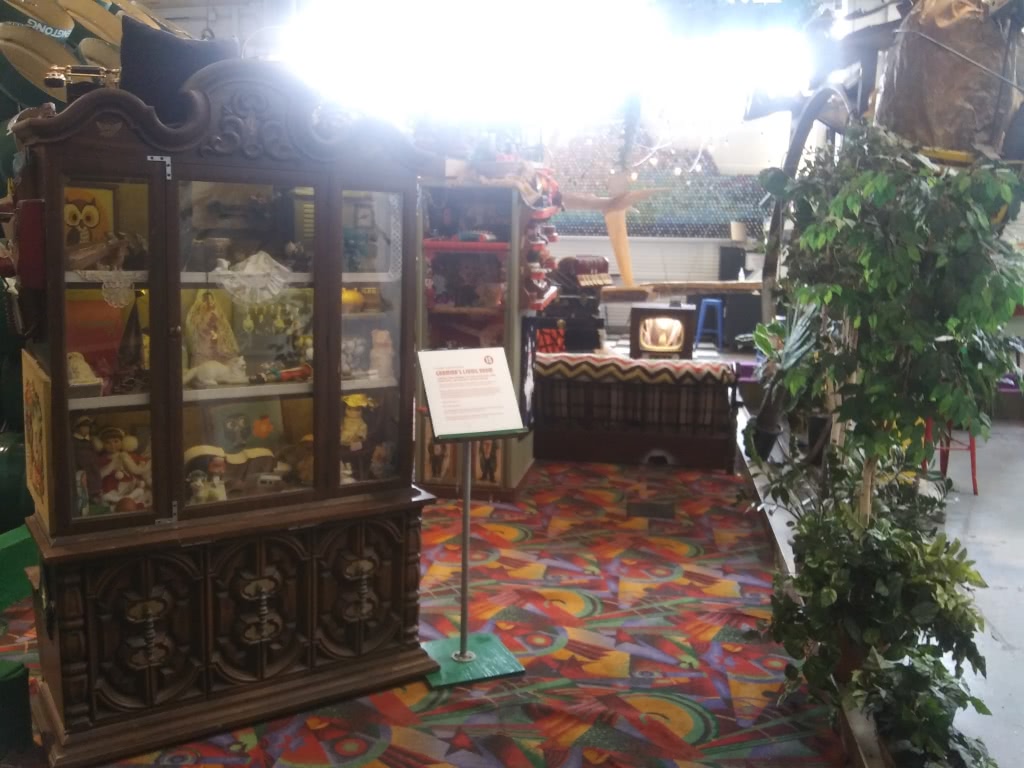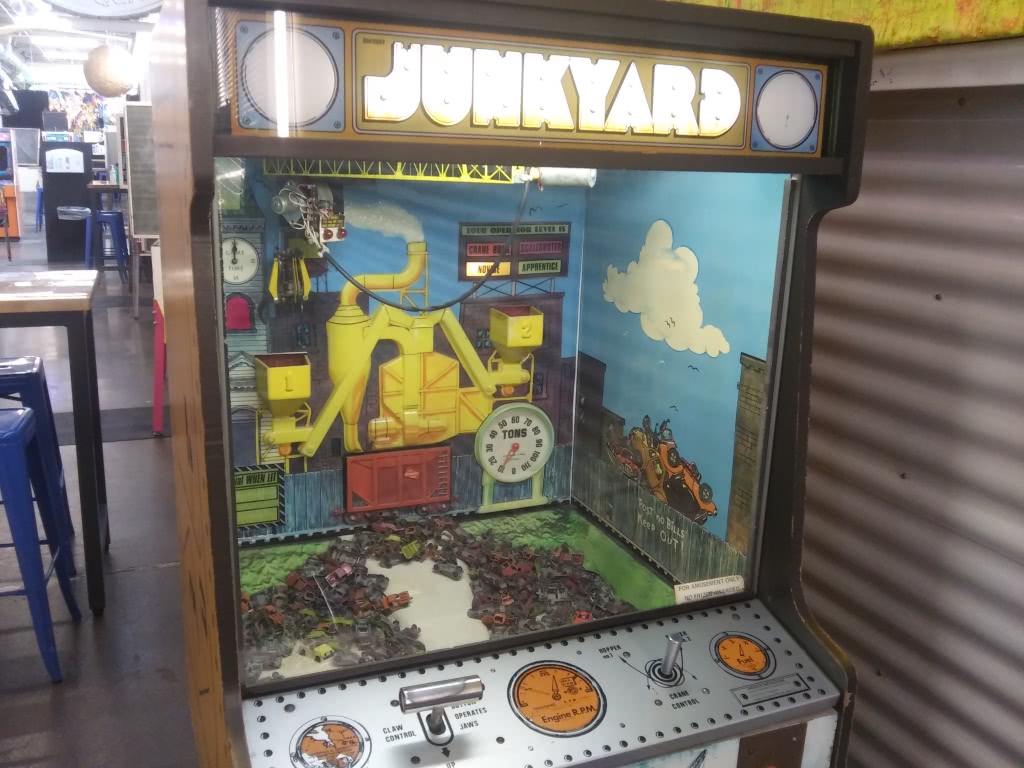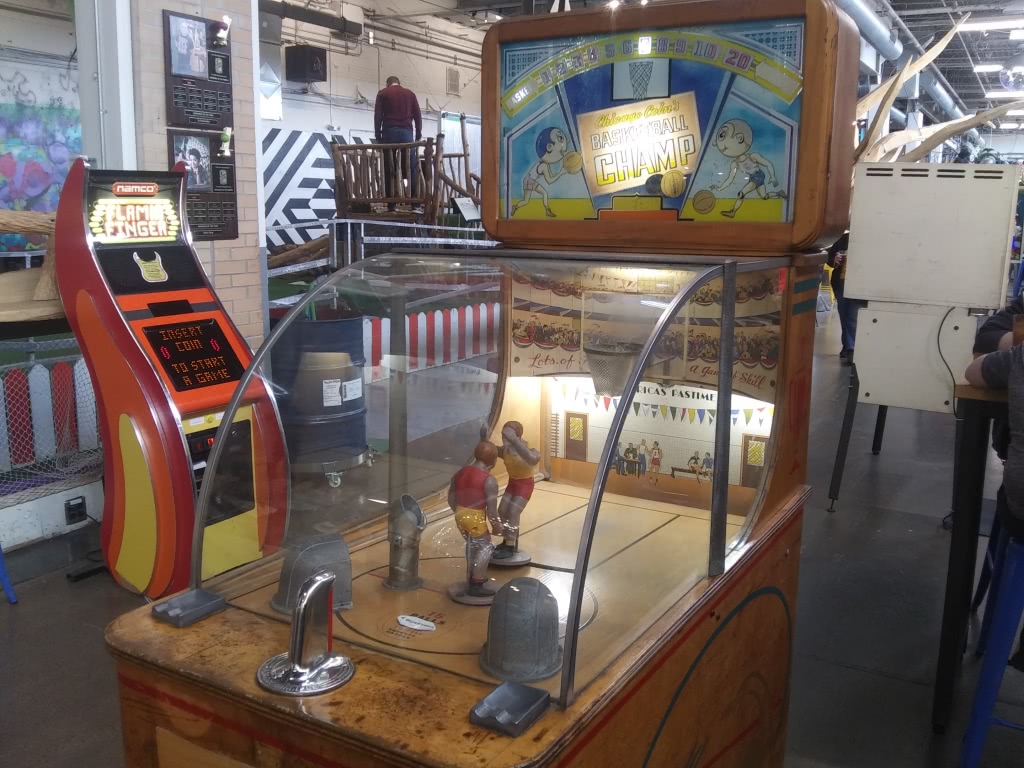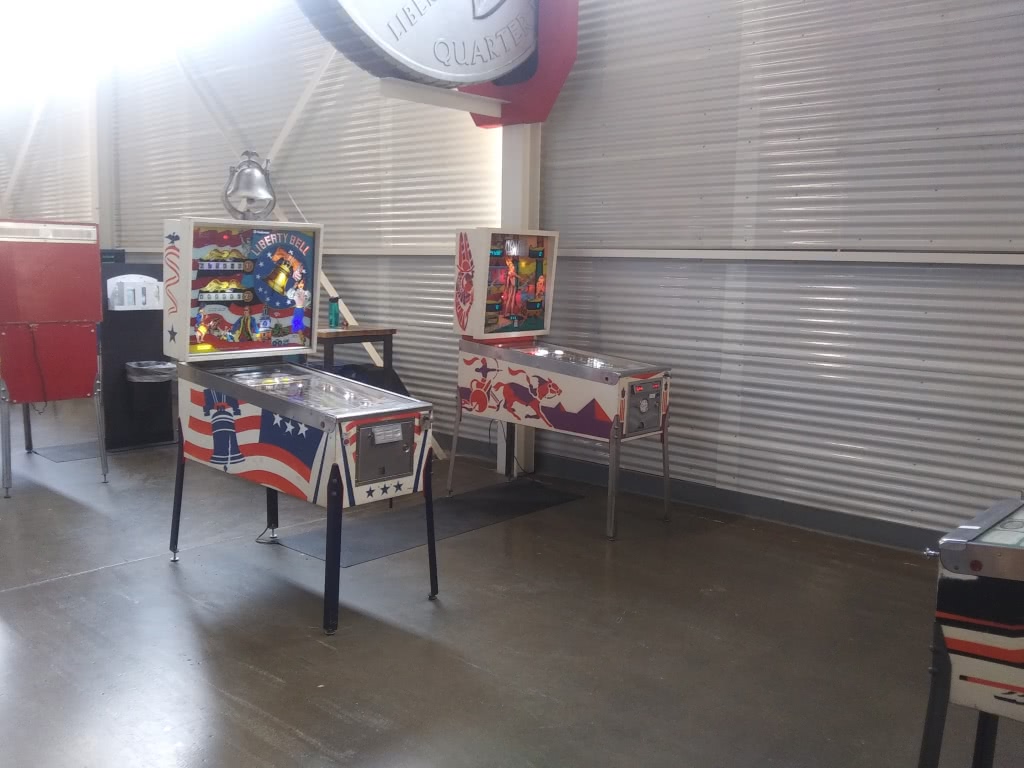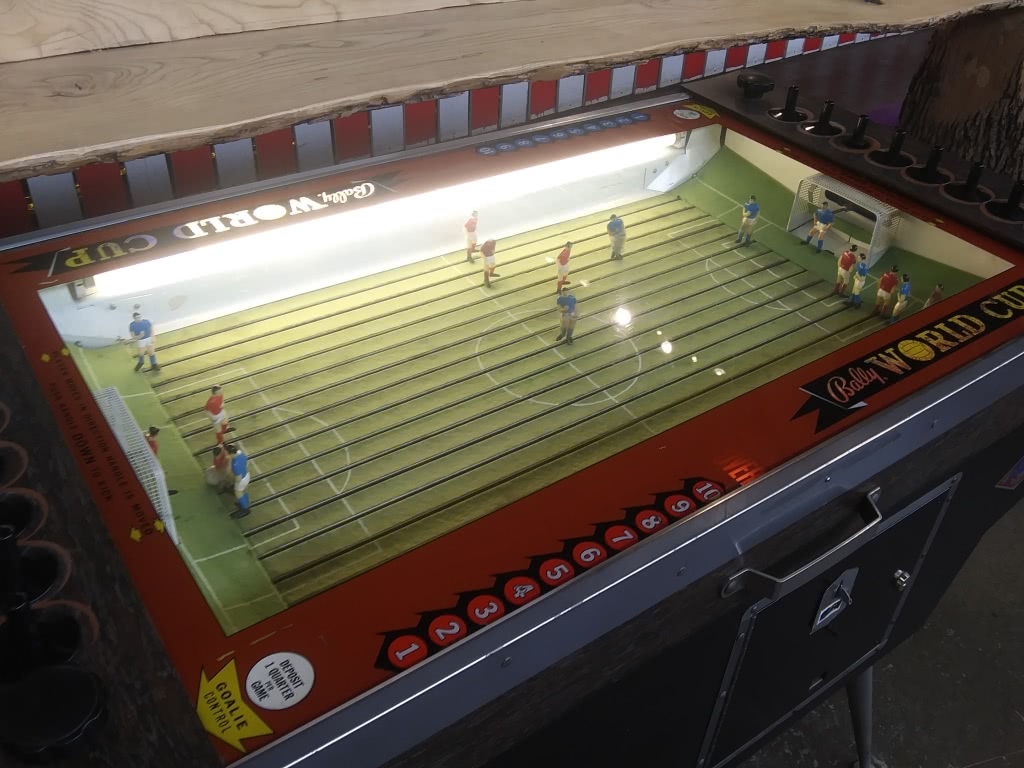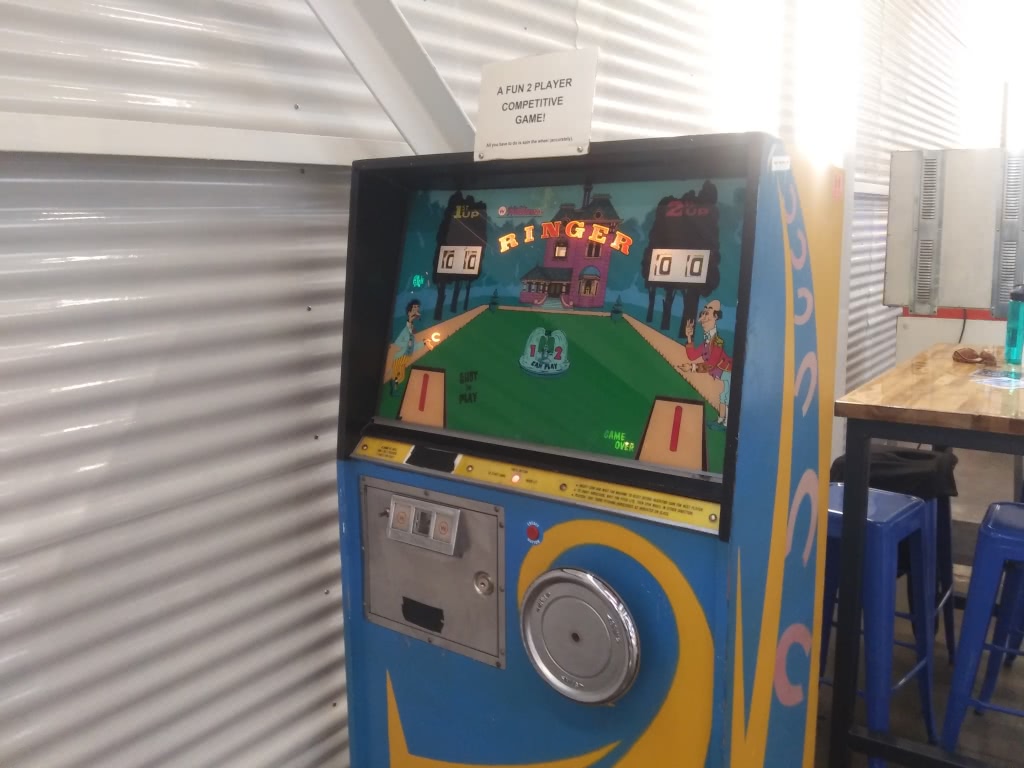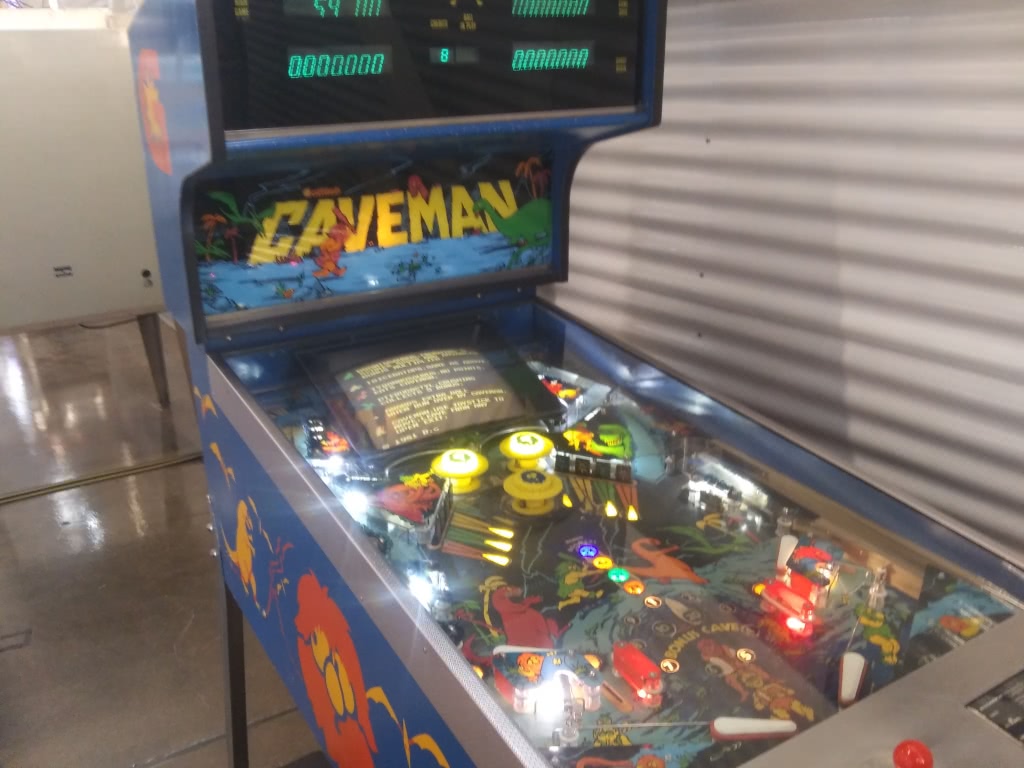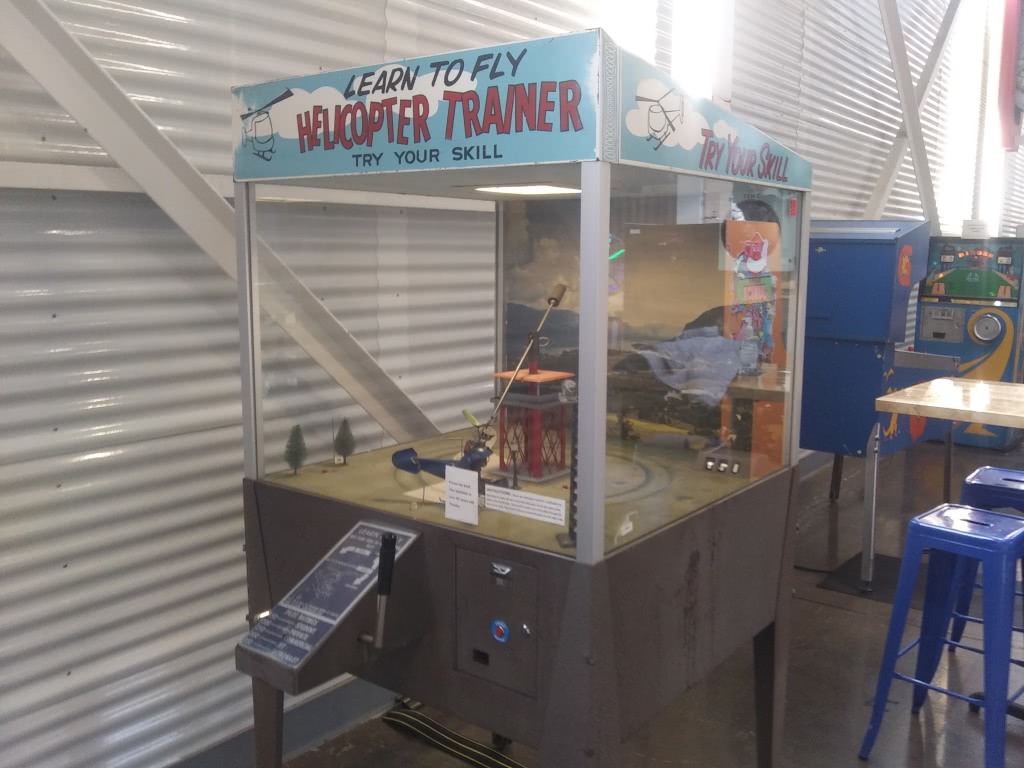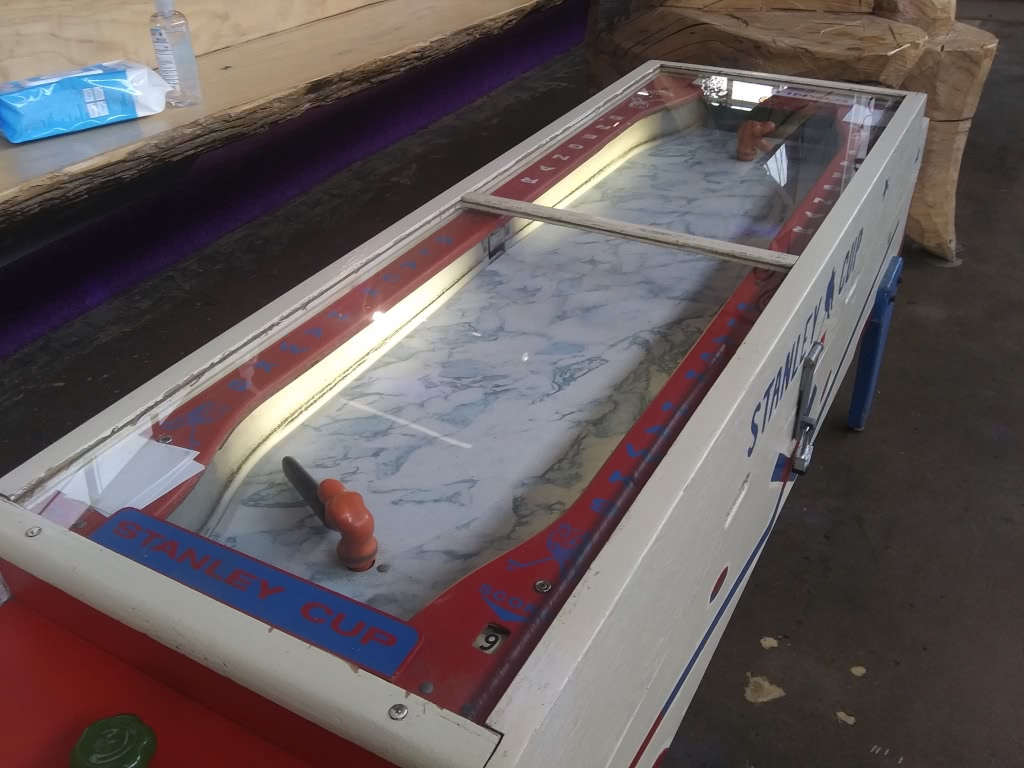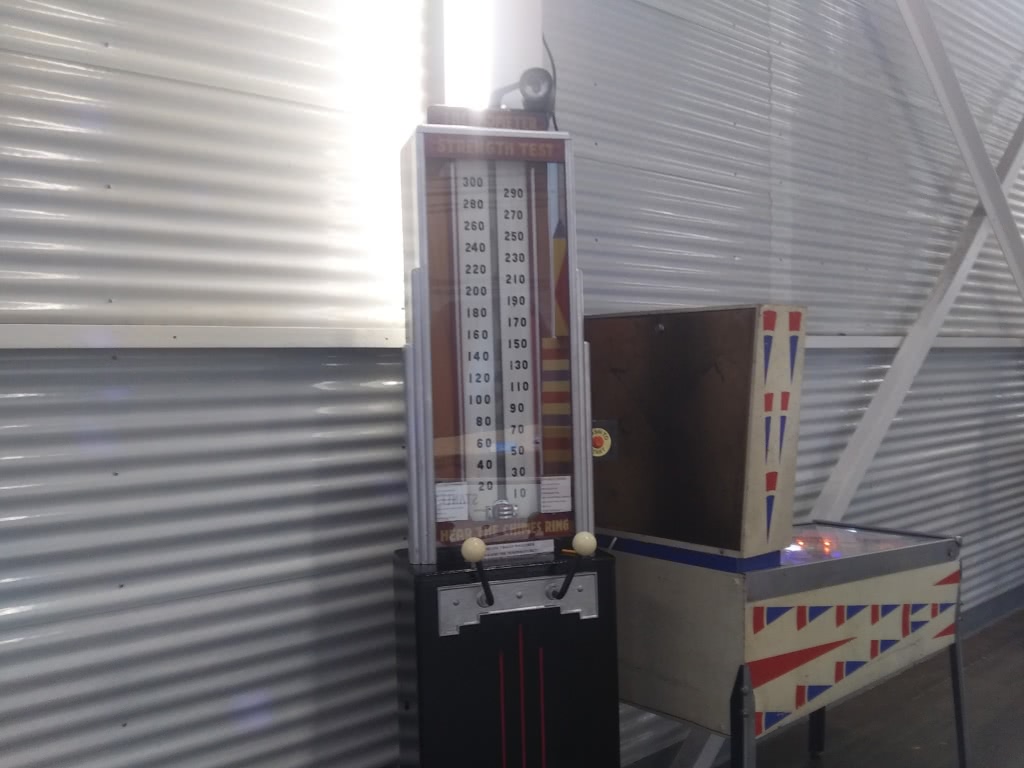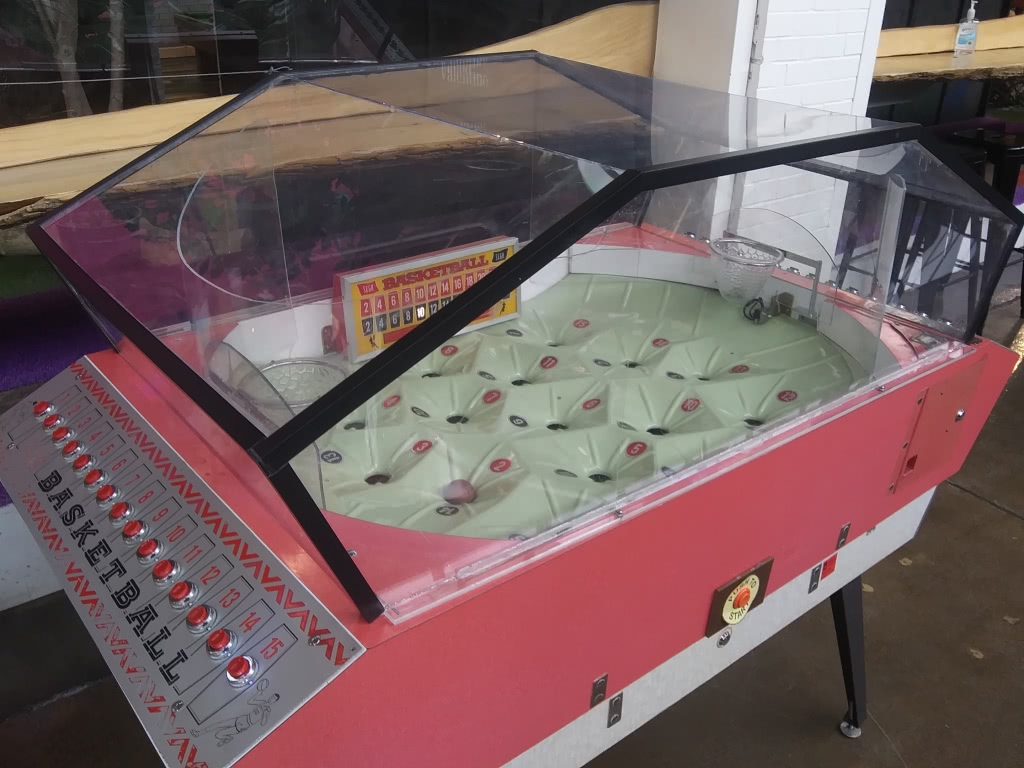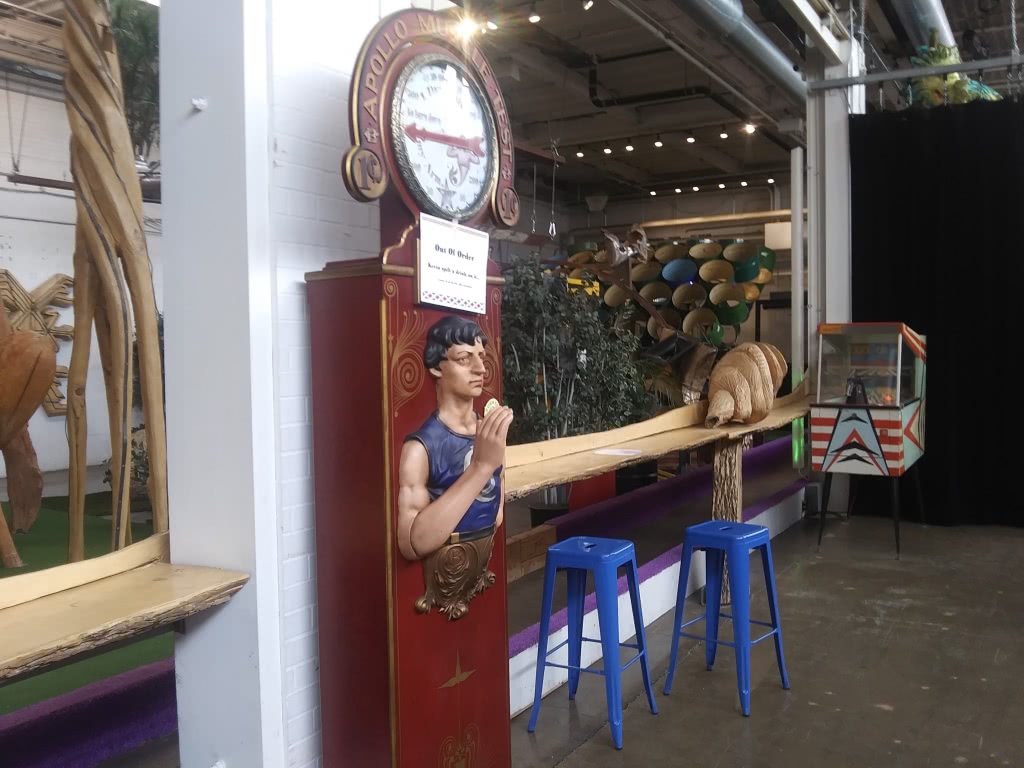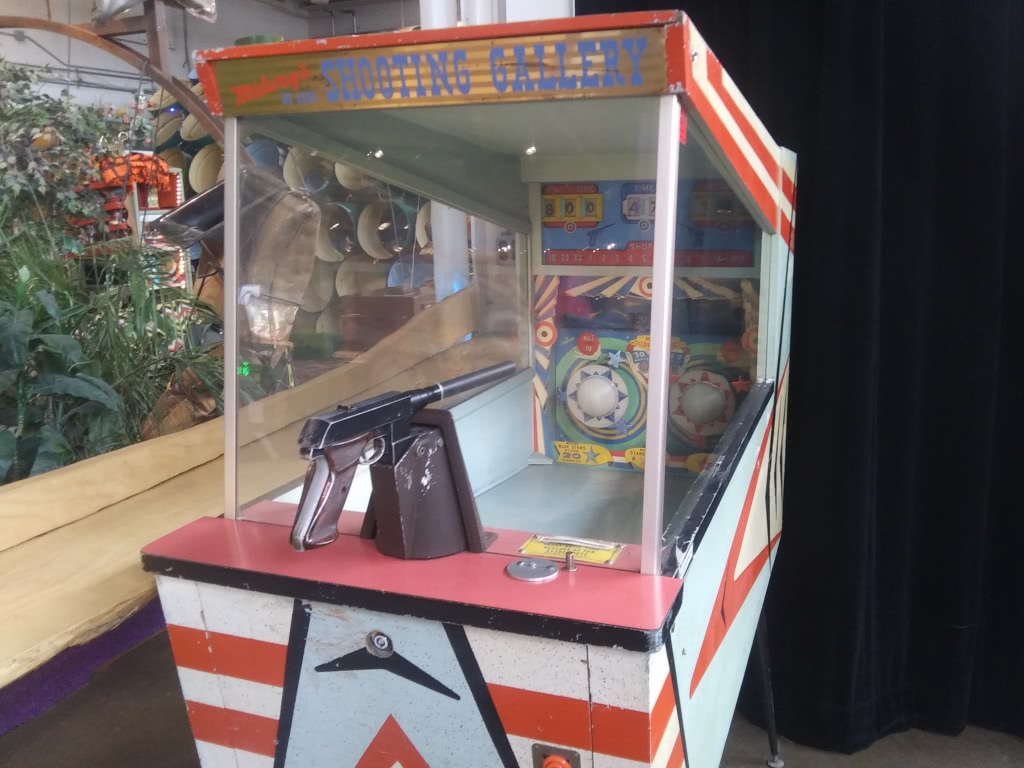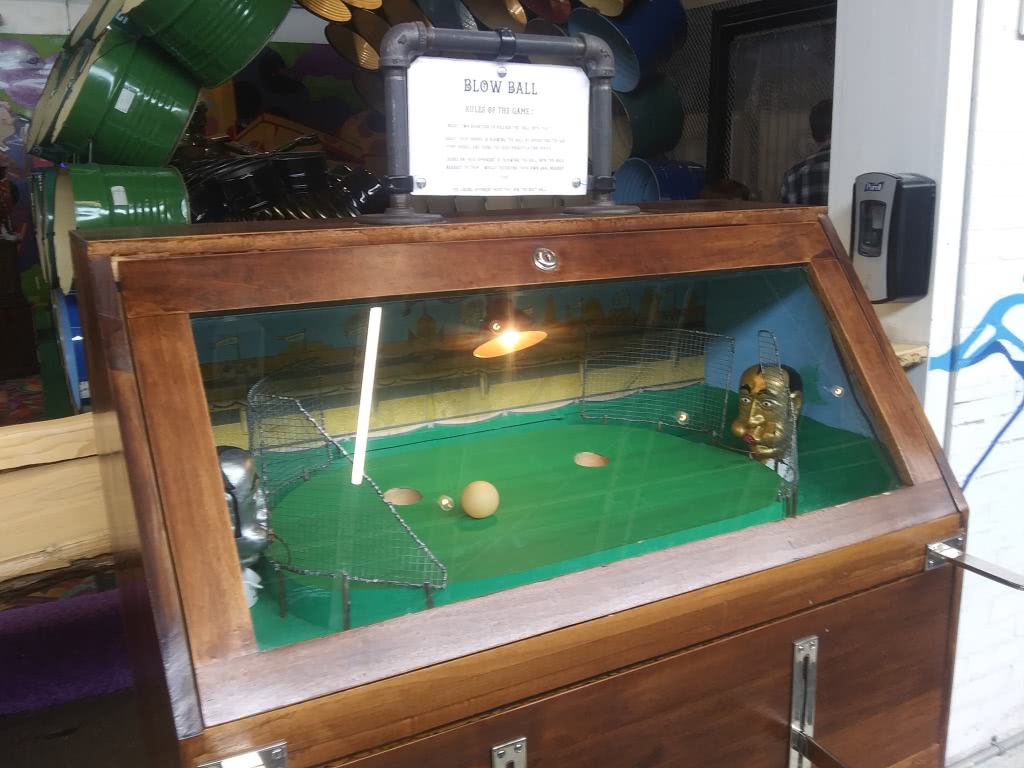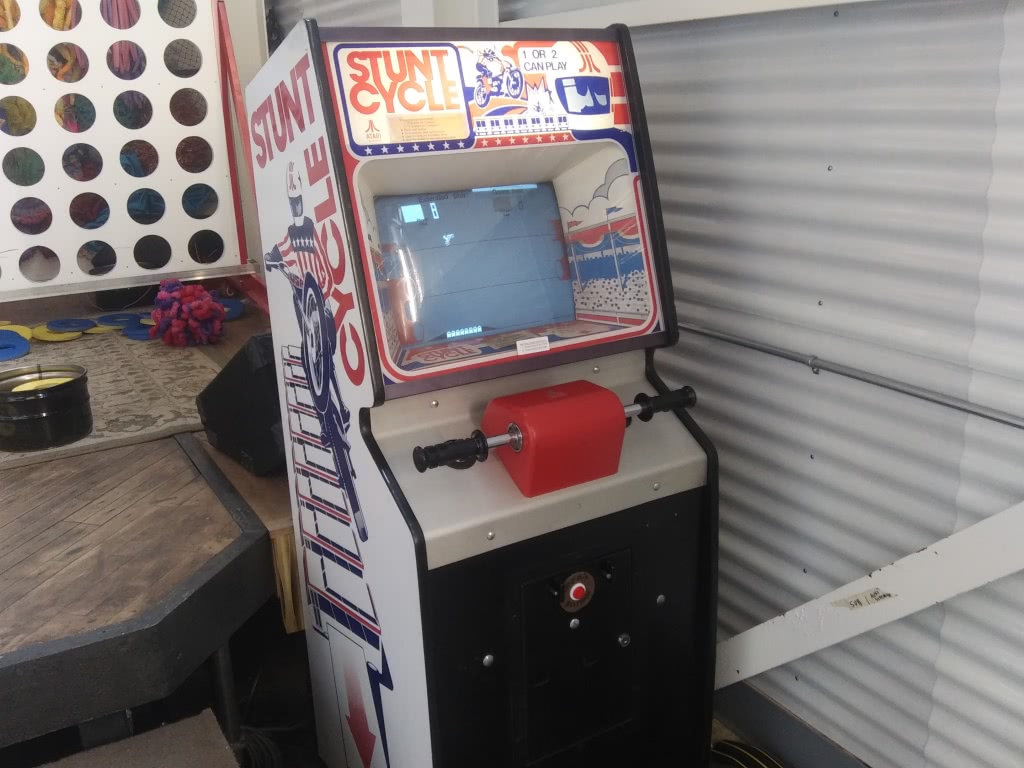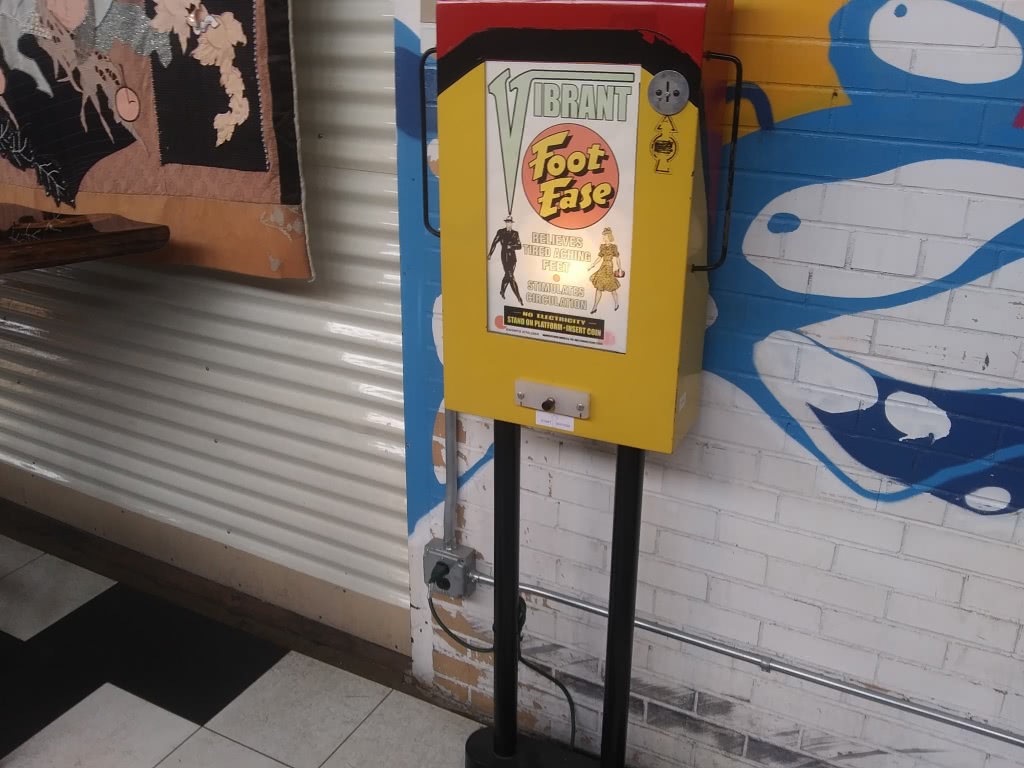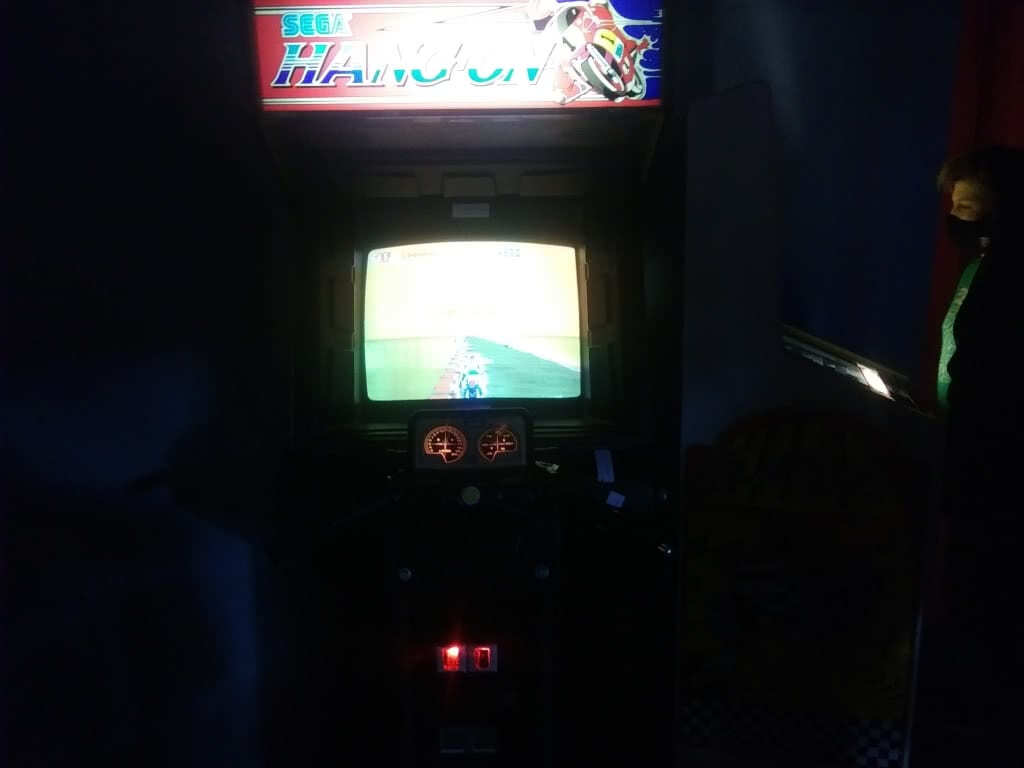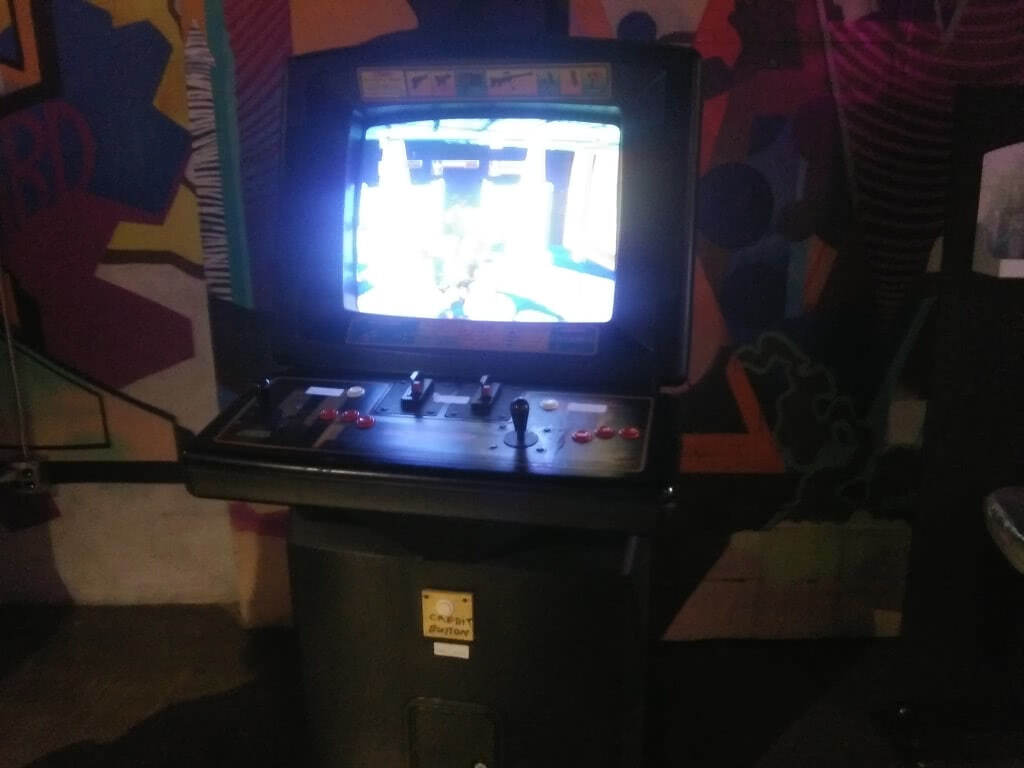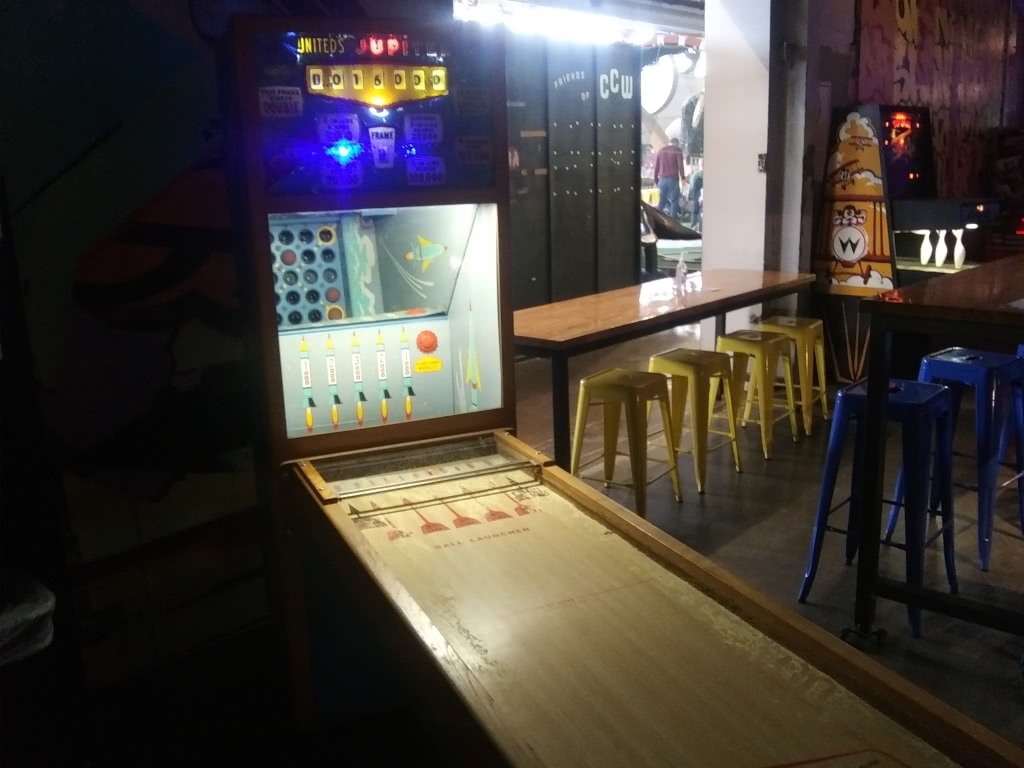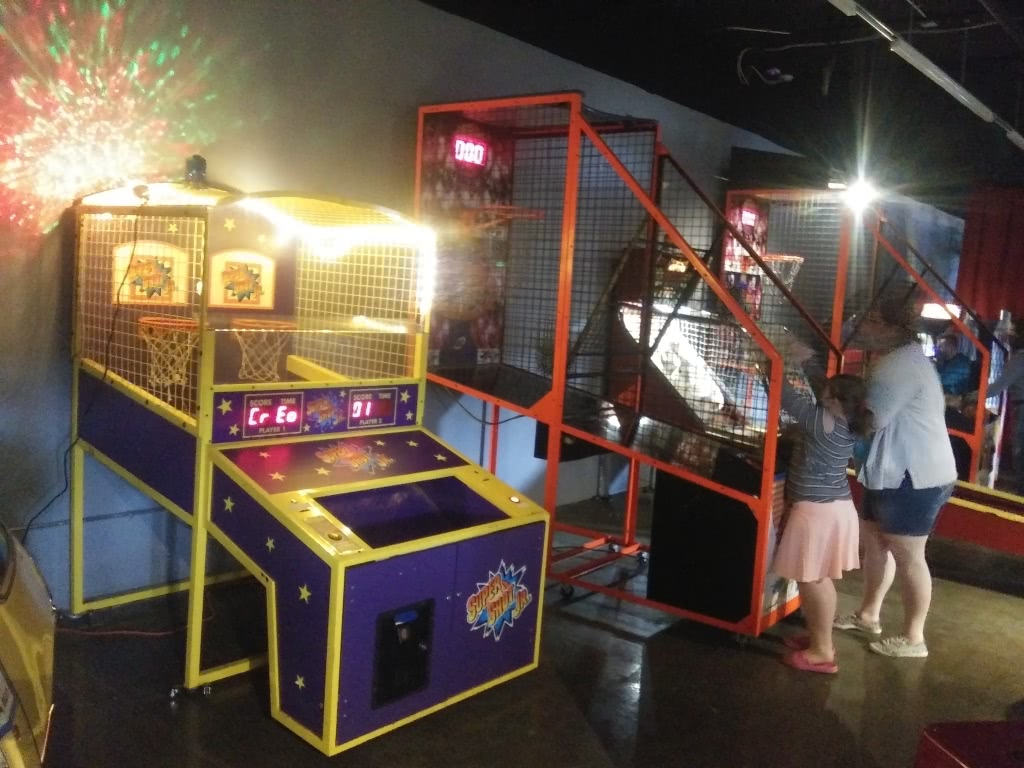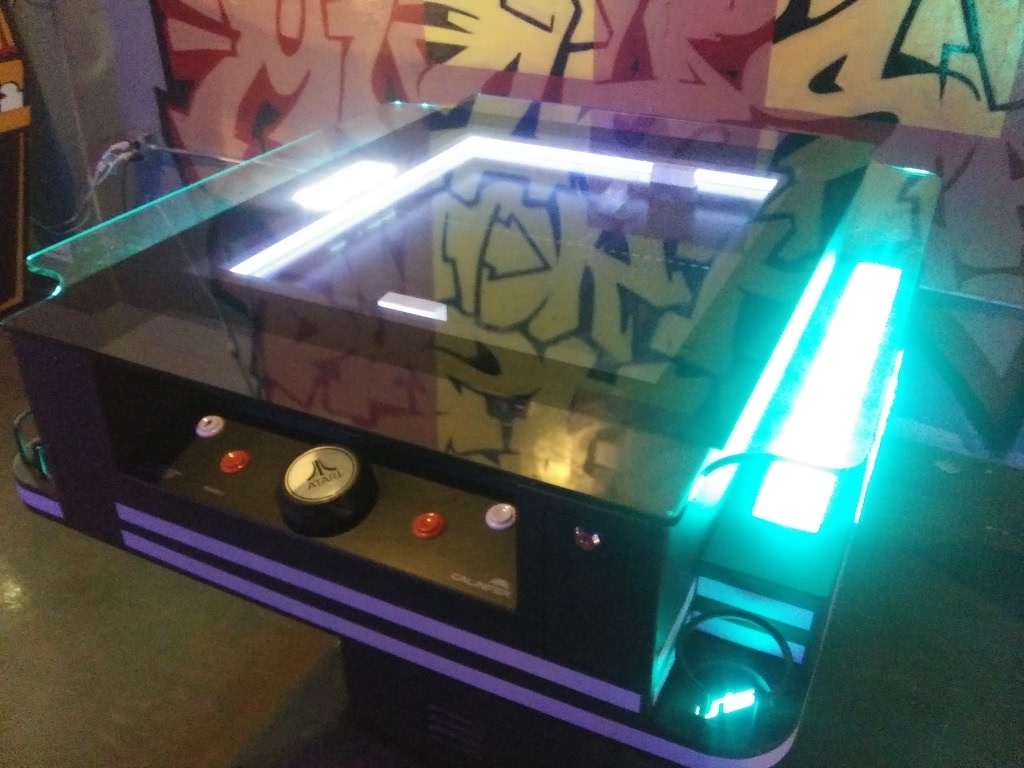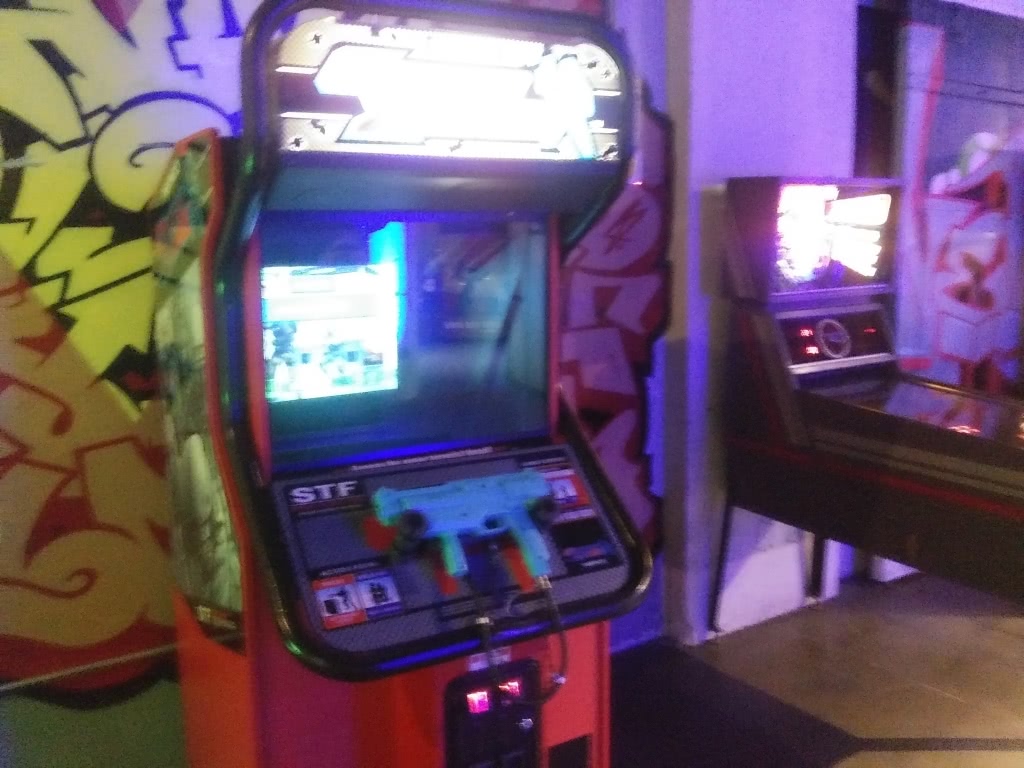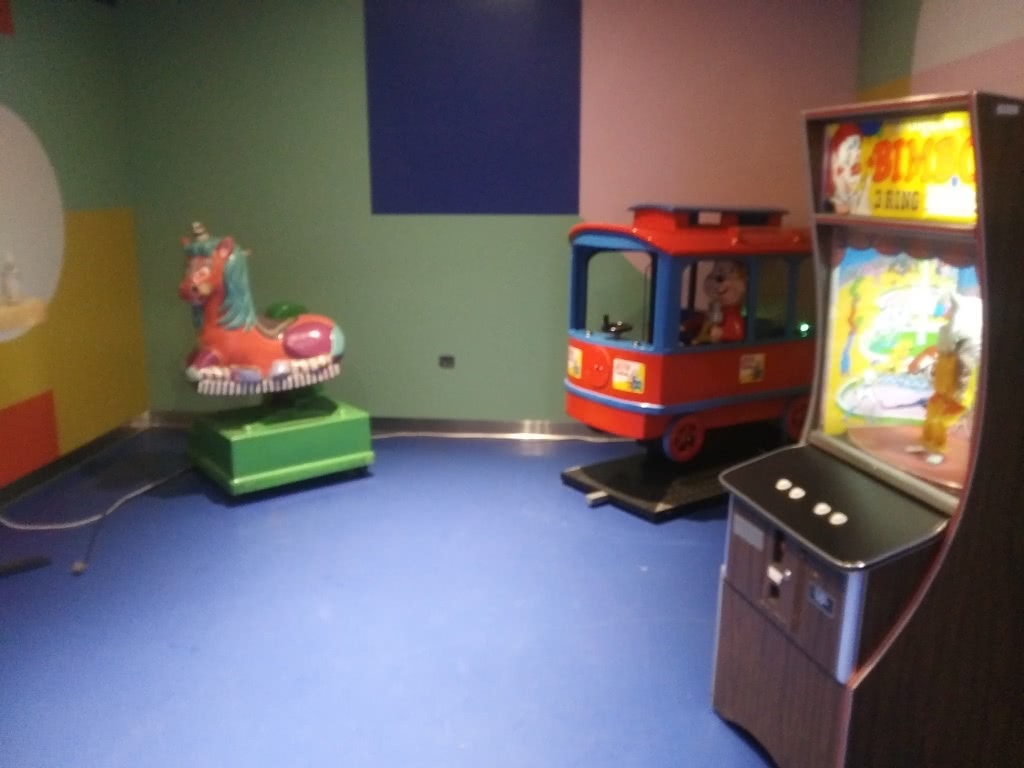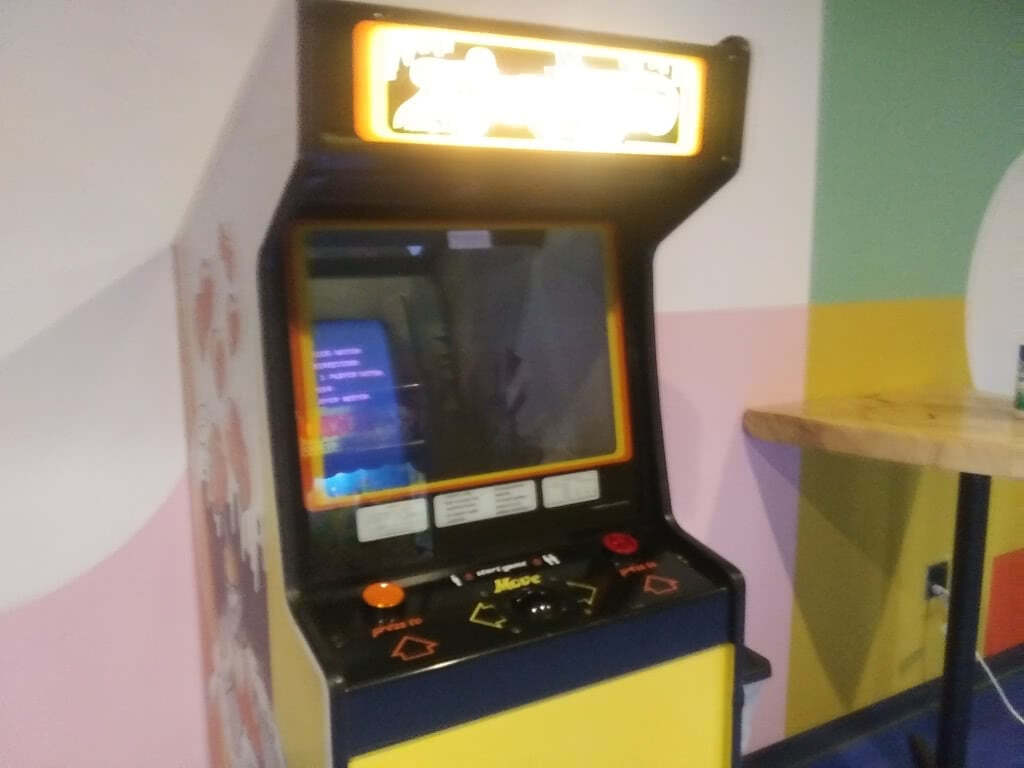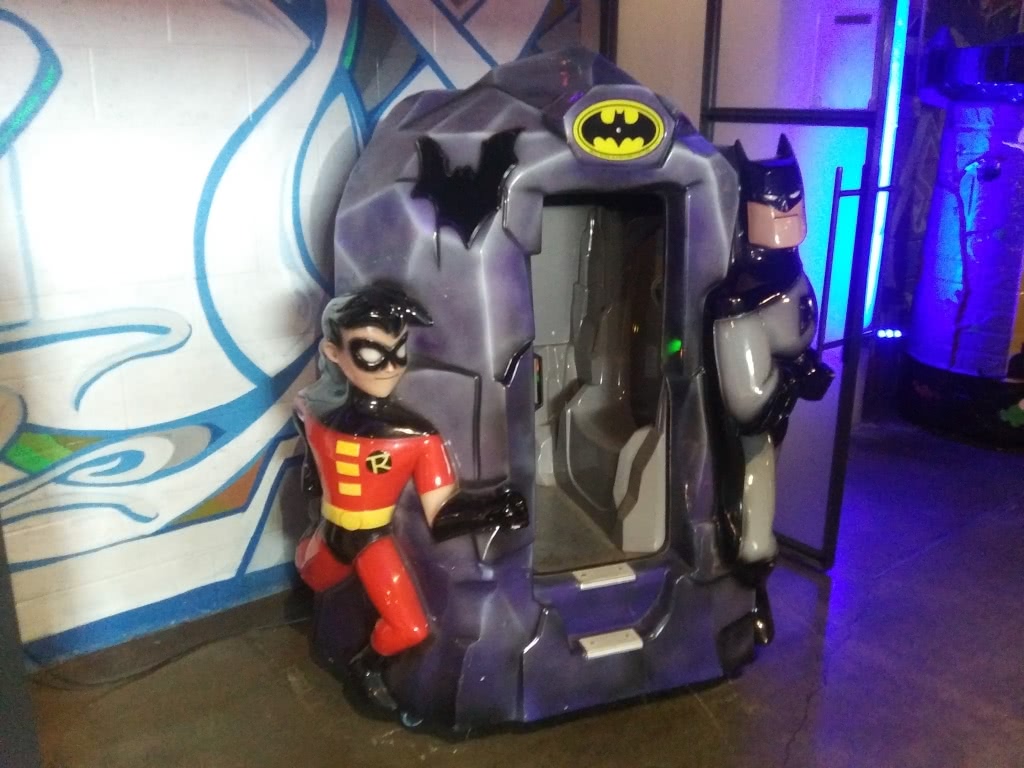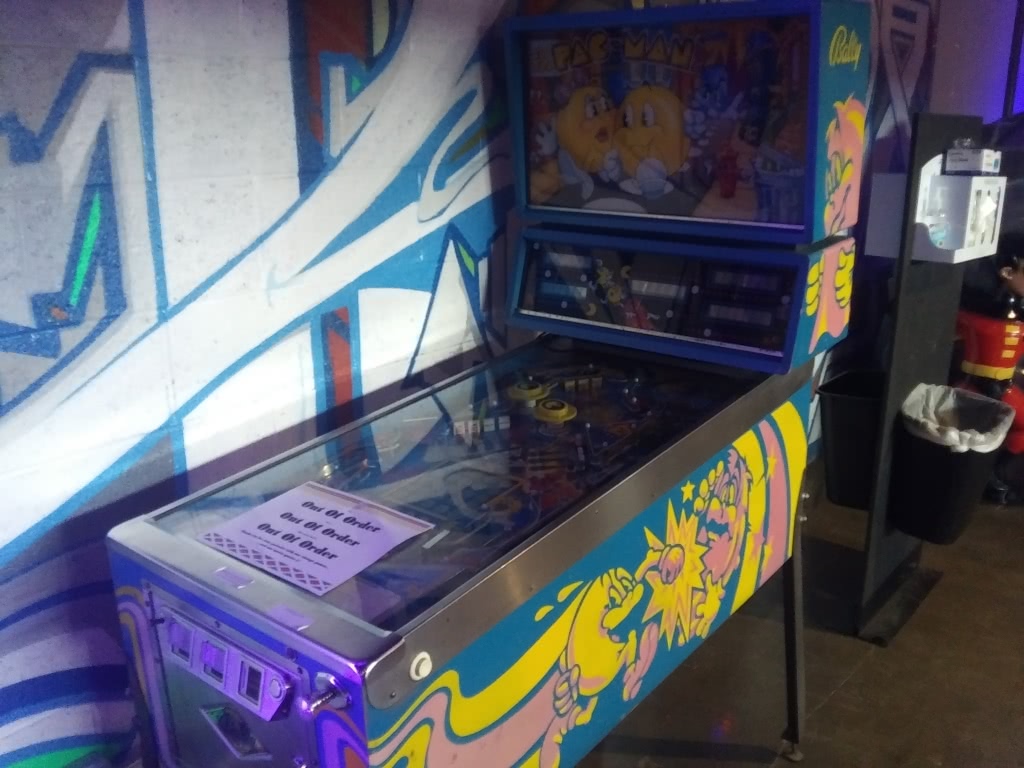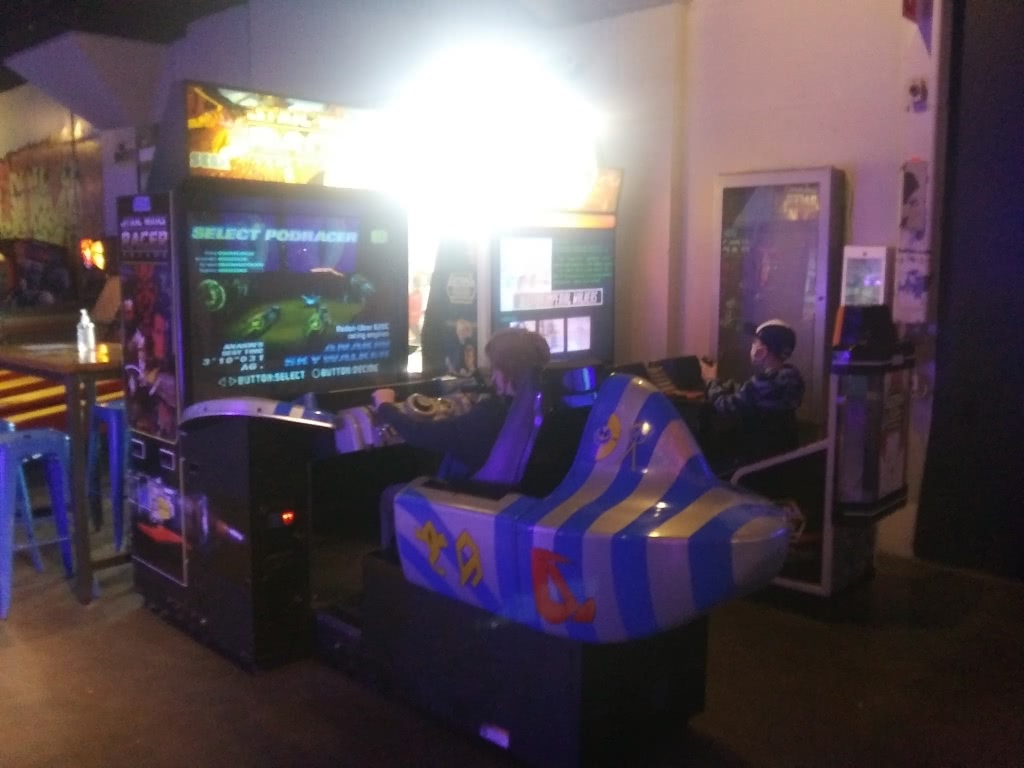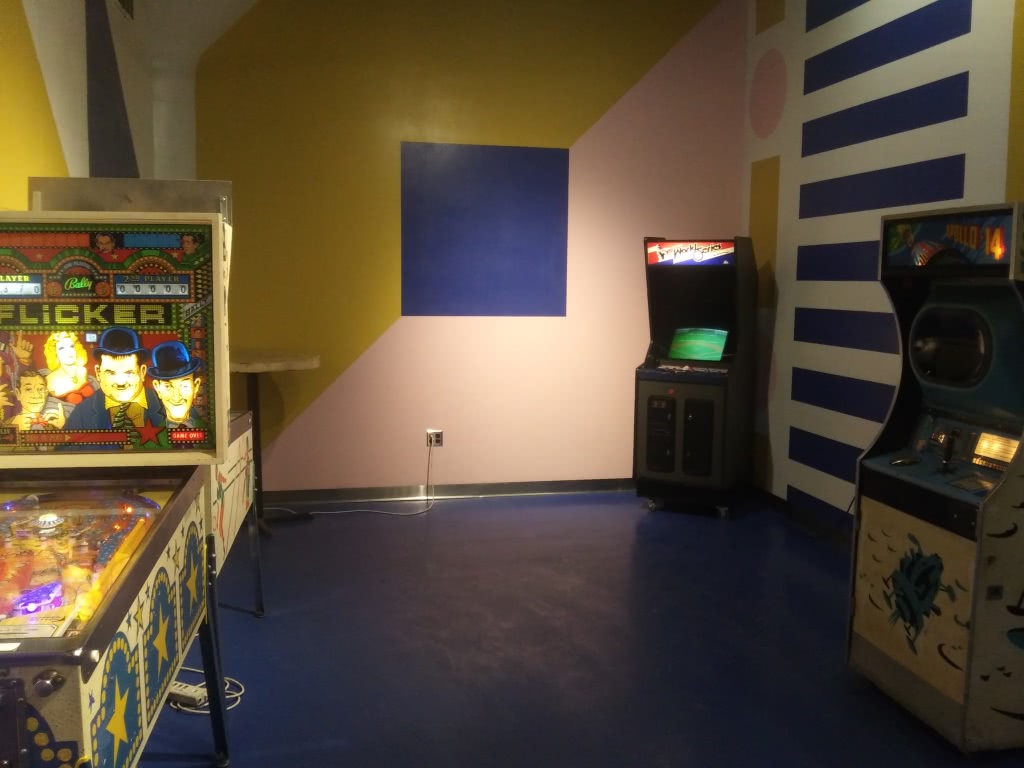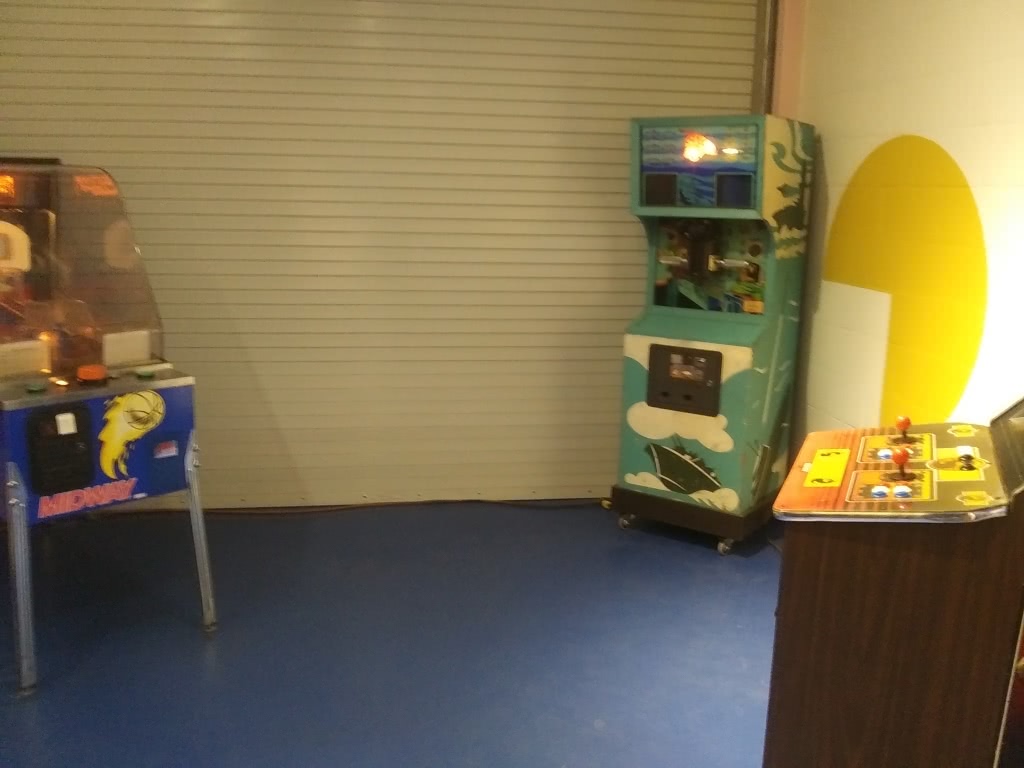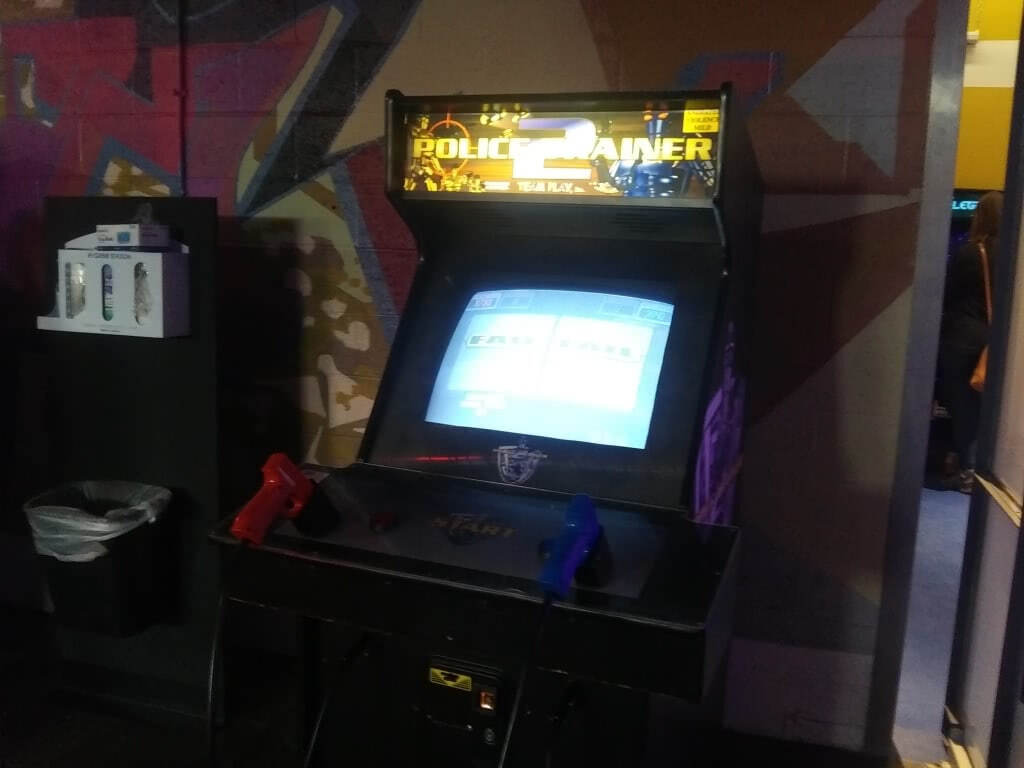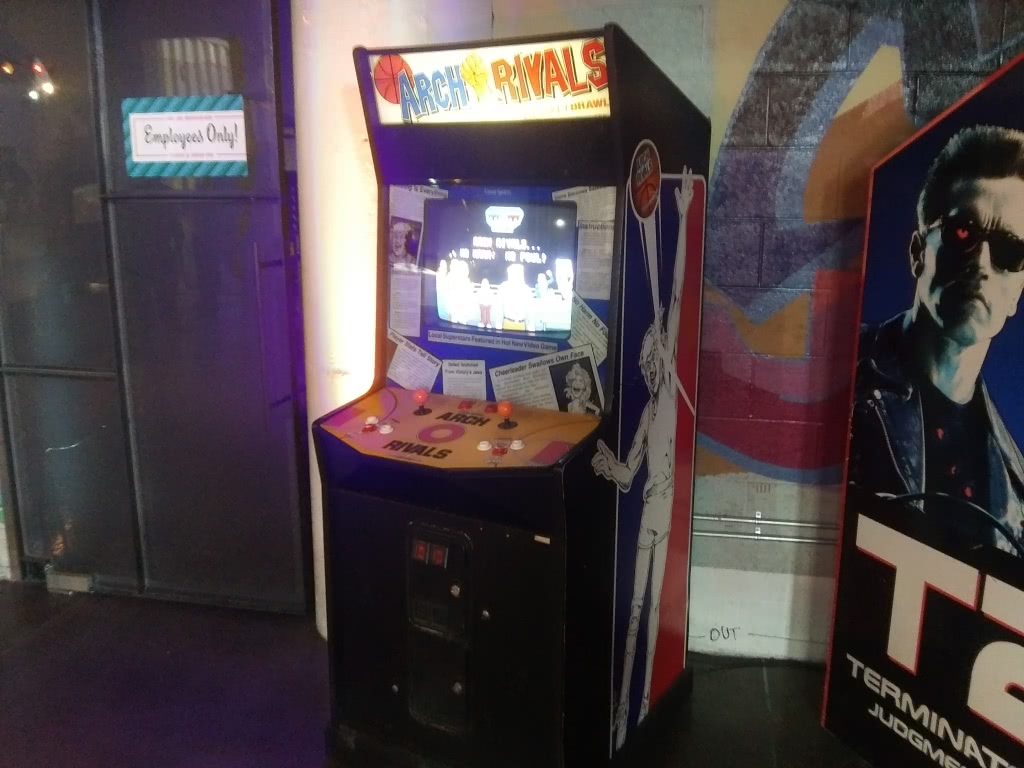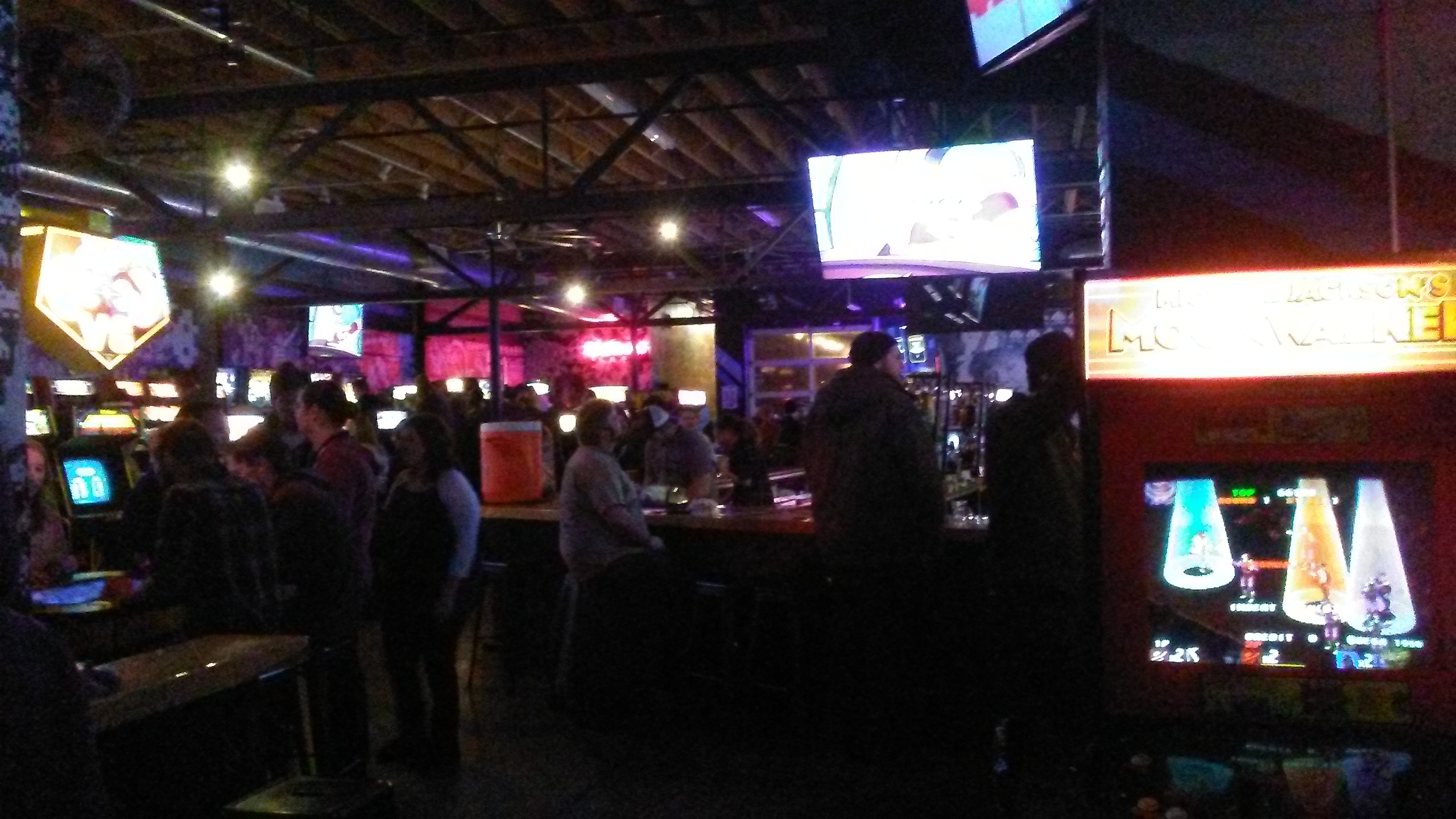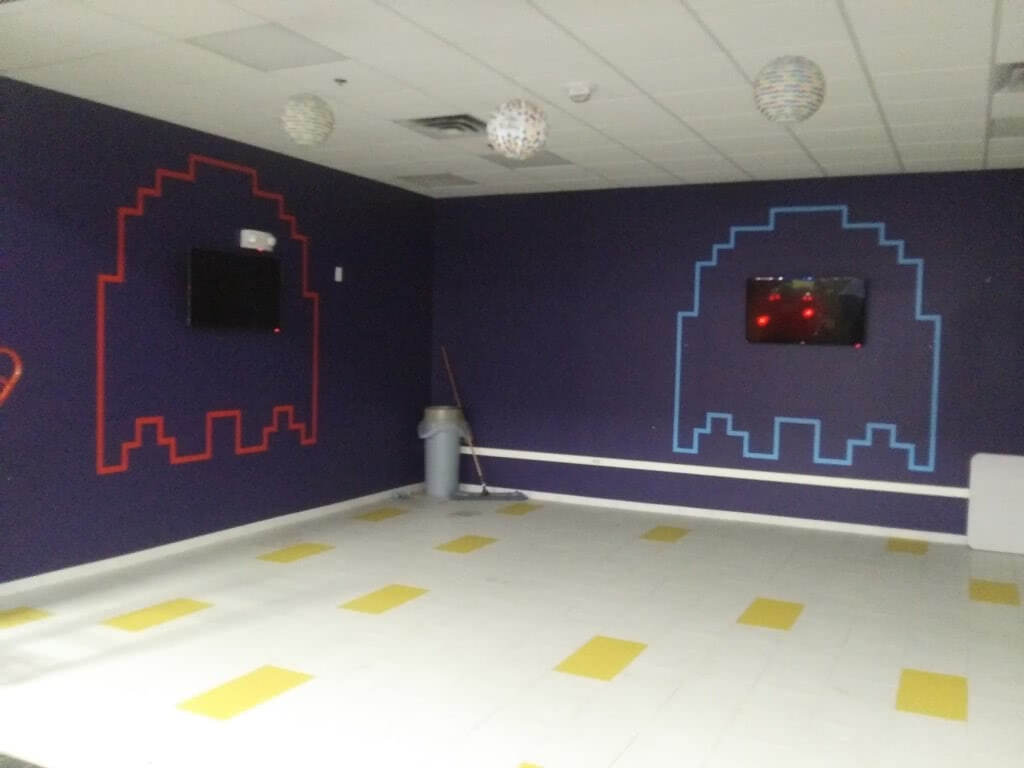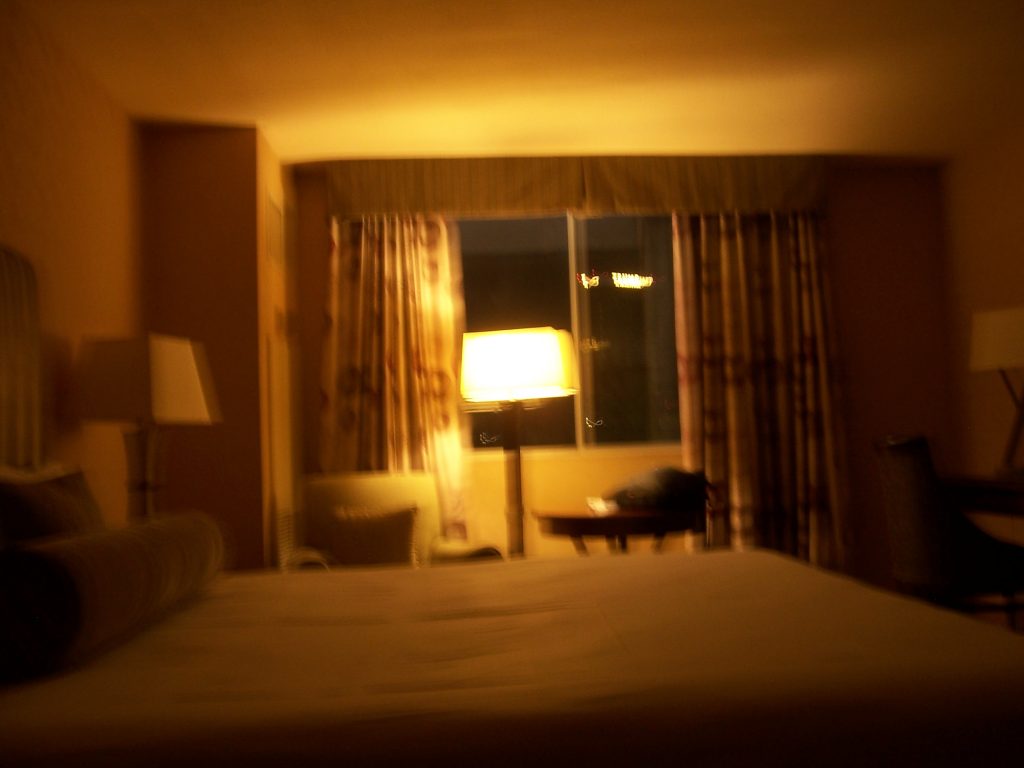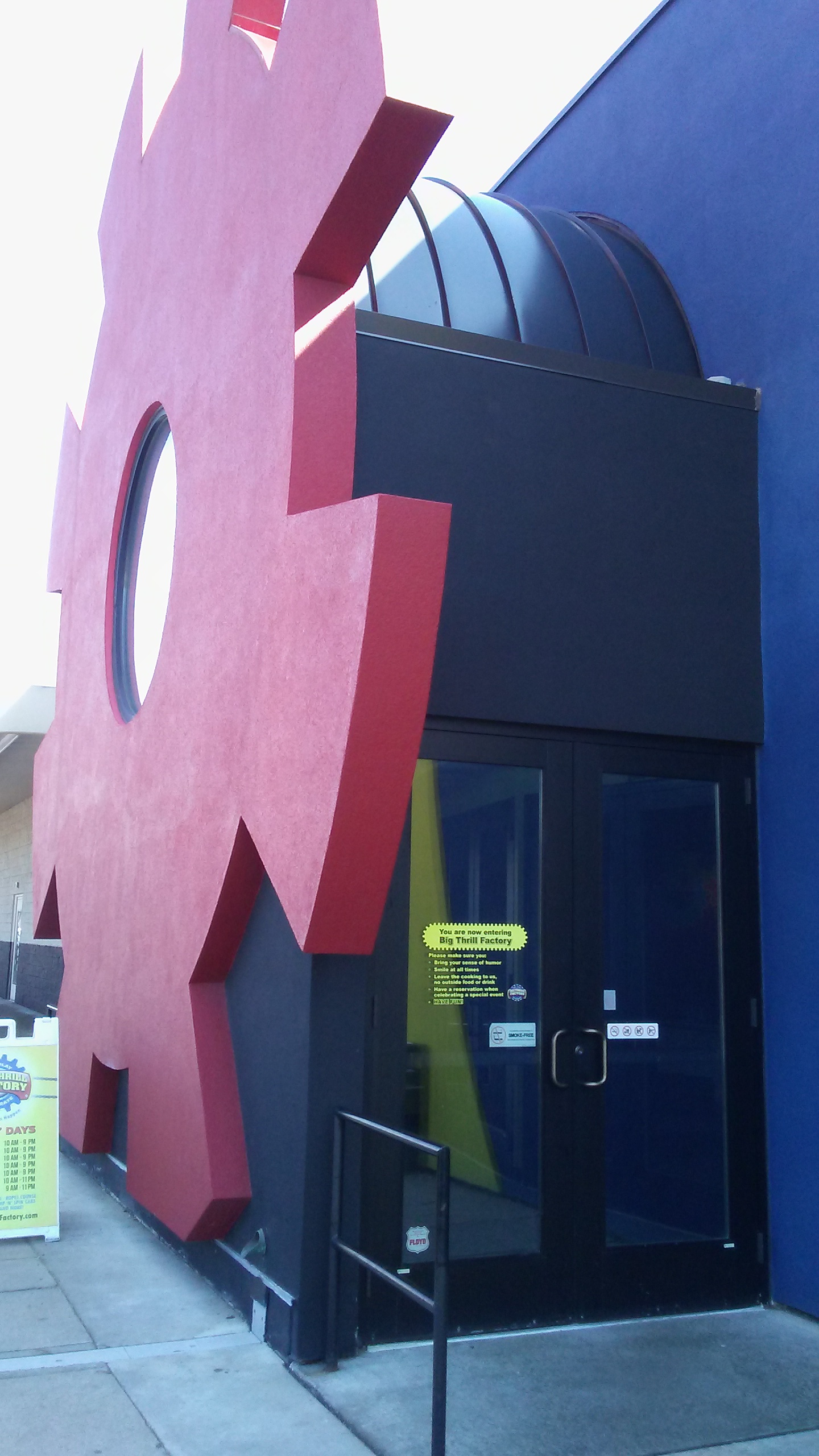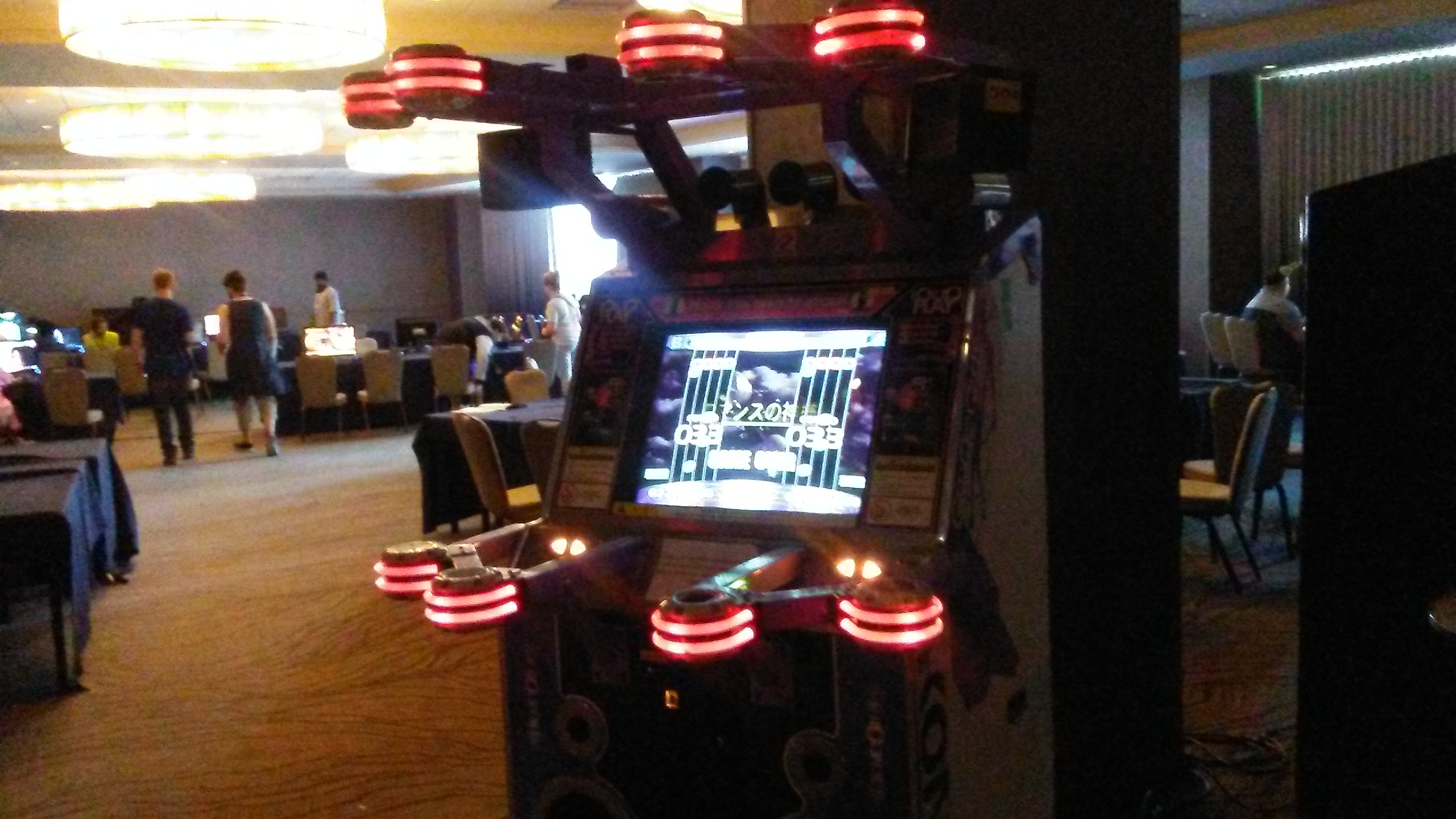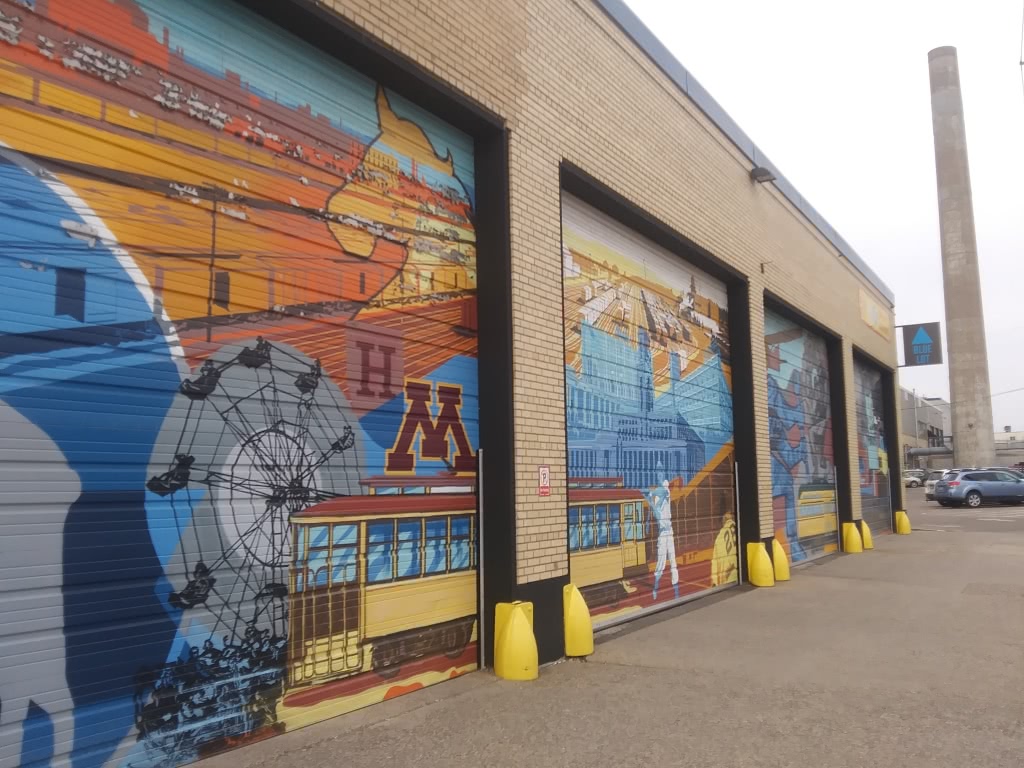
There’s one arcade here in St Paul that I’ve never gotten a chance to visit. Sure, I’ve known about it for years, but it didn’t seem worth going out of my way for. It looked to be mostly pinball with a few arcade games tucked away in the back, so I kept it on my “to-do” list.
Once the lockdowns hit and we began losing local arcades, this was the one I was most worried about. It went completely radio silent for months with no updates. I sincerely thought they’d shut down. But once they finally reopened with no warning, the first thing I did was run down to check it out. I’d realized that I wanted to see it at least once, no matter what.

It took me a while to find, but here it is. Sort of. This shared building contains a brewing company, a tool library, a yoga fitness studio, and god-only-knows what else. You’d NEVER know there was meant to be an arcade in here if not for the “Can Can Wonderland Secret Entrance” sign on the corner of the building.




“Secret entrance” is right. This place is even more hidden than the bowling alley under the ice rink! The only way to find it is to follow a long trail of spraypainted logos that lead you down corridors, through unsafe-looking stairwells, and even into an area you’d never even know was open to the public otherwise. But, if you somehow make it through without getting lost, you’re greeted with a huge neon-bordered sign reaffirming that you’re in the right place.

But what’s even more grabbing is the bathrooms. At first, I thought this was meant for wheelchairs, but then it occurred to me that there’s no way in hell a wheelchair is making those narrow turns. Whatever used to be here before Can Can must have had long lines leading to the bathroom. Some kind of nightclub, maybe?

Yeah, you can totally see the remains of an underground nightclub here. Can Can, as a whole, gives off the vibe of a place that awkwardly moved into a space nobody else would want and made the best of it, but we’ll get to that.

Welcome to Can Can Wonderland, a serious contender for the strangest arcade I’ve ever been to (but I’ve seen some really, really strange ones over the years). Before we get to the games, we need to do some looking around. You can’t capture the spirit of this place in a single photo.




For starters, this is the eating area. It looks like it was hastily built in the remains of some kind of lounge. It’s decorated with a bizarre combination of cheap Christmas lights, art piece tables built from garbage, and a mural of Beaky Buzzard accompanied by the mysterious words “Culture Club”.
Is this area the culture club? Or did someone paint the name of the band there as a non-sequitur? Both are equally likely in a place like this.

Old cartoon characters are a recurring motif. But not THAT recurring, if that makes any sense. They pop up just enough to give the others some amount of cohesion.
This here is the self-serving electronic craft beer station. To this day, I still can’t taste the difference between regular beer and craft beer, so I just grabbed whatever was cheapest.

And here’s where you order “food”. And by “food”, I mean the kind of stuff you’d find at a fair or boardwalk. Ice cream, popcorn, cotton candy, and other such things.

And here’s “Boardwalk & Electro-Mechanical Museum”, a hallway dedicated mainly to mechanical-era arcade games. At this point, you’re probably thinking, “oh, there’s a boardwalk food stall and a place called the boardwalk, so Can Can Wonderland has a boardwalk theme”. No. It absolutely doesn’t. I’d say it’s more accurate to describe Can Can as having four or five different central themes that sorta-kinda form a central retro theme, but while also being at odds with each other. The central vision here fascinates me.
Can Can Wonderland’s centerpiece is this mini-golf course built by local artists that occupies the middle of the floor. I don’t think still photos really capture quite how weird these courses feel. There’s a state fair-themed hole, a music-themed hole, whatever the hell that pink thing is, and a… living room hole? What?
Note: There are a LOT of image galleries in this post. Don’t miss the scroll bars at the bottom.
People often ask me where arcades came from (I’m 100% serious, I’ve been asked that at least five times now because people assume I would know). There wasn’t really a “first arcade” since they were a slow evolution that can be traced back to the 1100s. In 1133, King Henry I’s legendary court jester Rahere (the guy pretty much every cunning jester in modern media is based on) proposed the idea of a colossal yearly fair to raise money for the monastery. So the king put Rahere in charge of making it a reality. It was such a success that it continued running for over 700 years!
In the mid-1800s, the Bartholomew Fair was phased out and replaced with the World’s Fair, a similar-ish fair with a heavier focus on displaying modern technology. As you can imagine, most modern amusement park rides made their debut there, eventually leading to the first permanent amusement parks being established (often on piers and boardwalks).
That’s where we get into the actual arcade games. They started as novelties for places like the World’s Fair and pier/boardwalk amusement parks. Even before the advent of video, you’d get games like the ones I have photoed here that were purely electro-mechanical (and even some that were purely mechanical, like the earliest Skee-ball machines). Their numbers slowly grew, so dedicated rooms were eventually built for them. Those were the first arcades. That’s a big reason most of the oldest arcades are at boardwalks since they already had the buildings set up for shops and food stalls. Hell, I’ve written about a few of the surviving ones on this blog…
Anyway, this area of Can Can Wonderland is paying homage to the formative years of arcade games (although there are a couple of video machines mixed in…). I considered writing about each machine individually, but most are simple and self-explanatory. But there is one I’d like to make special note of…
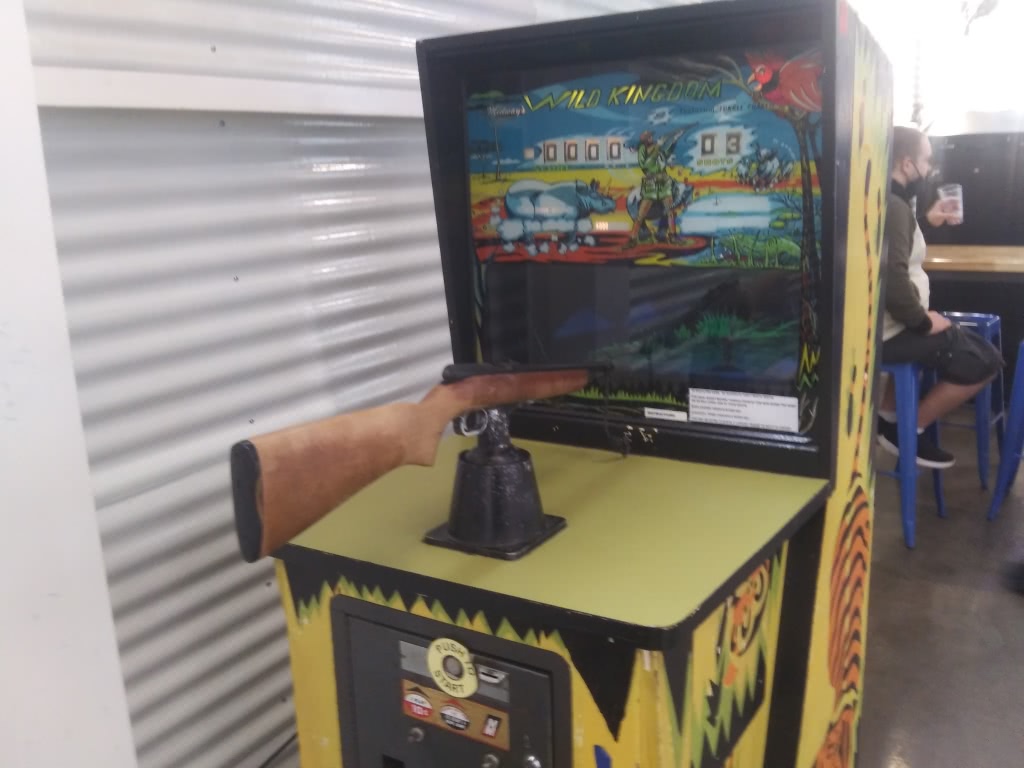
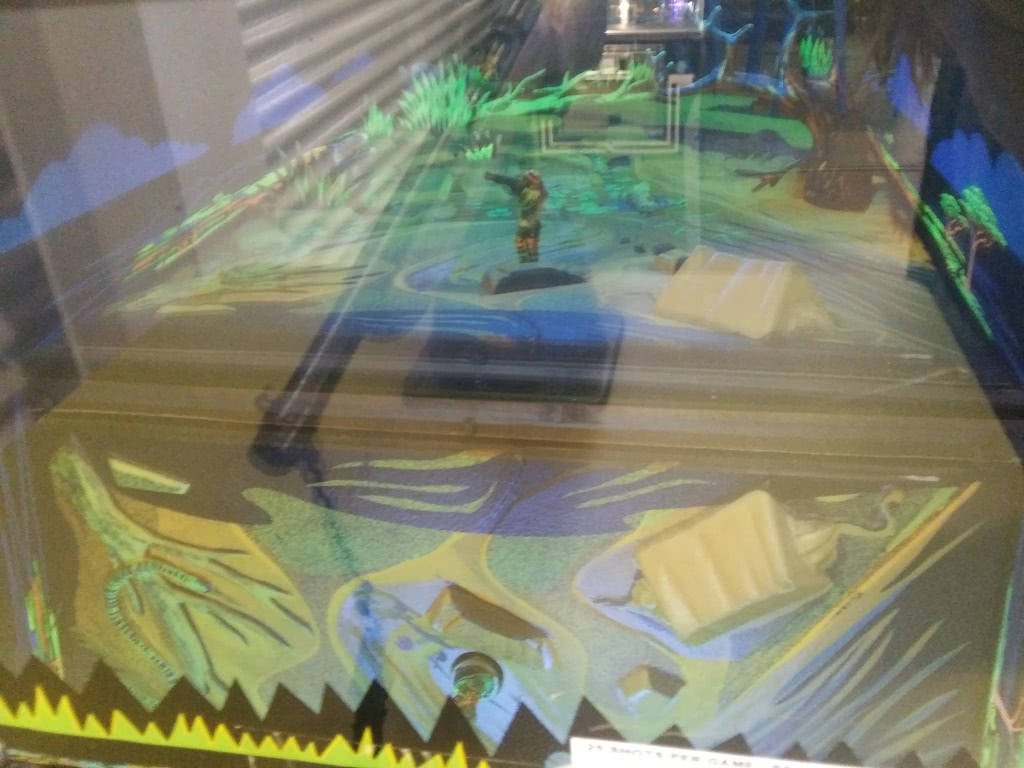
What we have here is a very early shooting gallery game. It uses small dioramas and a mirror to create the illusion of depth (a technique that quite a few light gun video arcade games would later adopt). There were a LOT of these kinds of machines. One arcade I visited on the East Coast (the one that wouldn’t let me take photos) had like 20 different variations of these. These games directly evolved into the light gun genre!
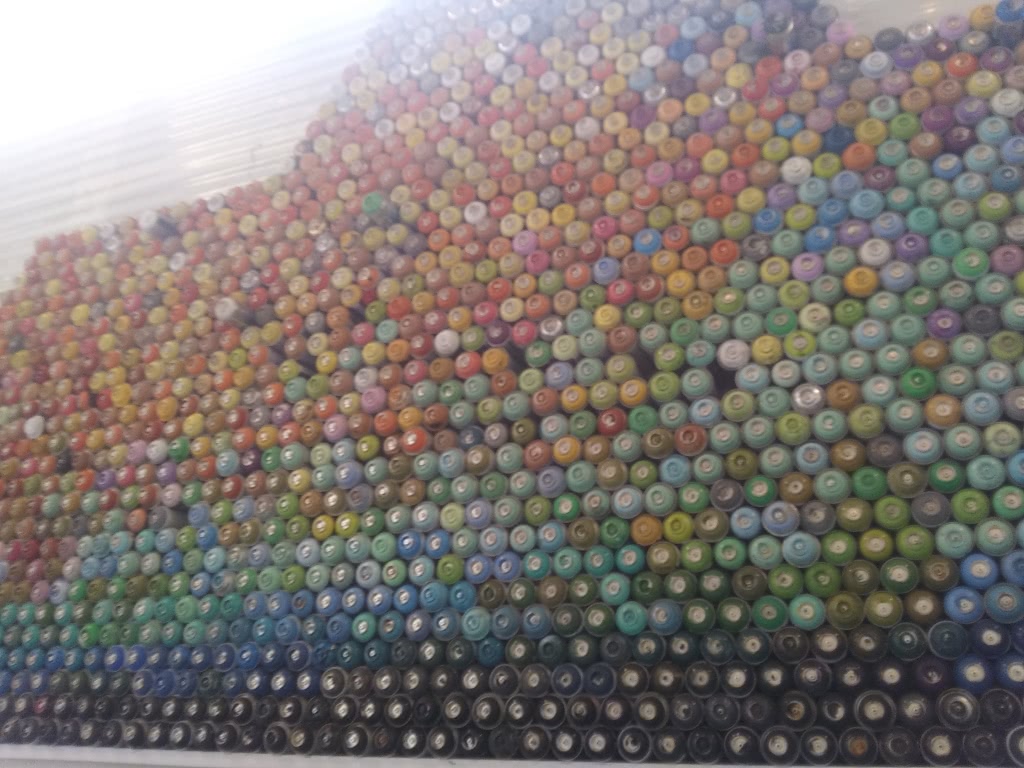
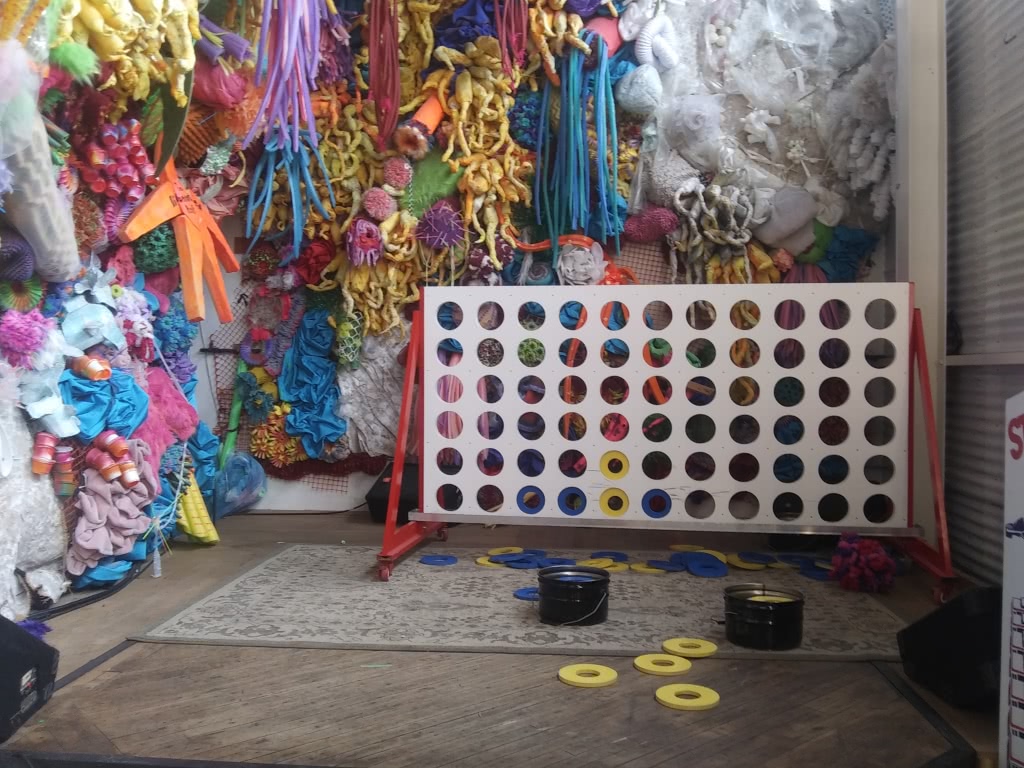
Moving to the back of the boardwalk, you can see more of Can Can Wonderland’s junk sculpture ascetic on display. Those things on the left are empty spray paint cans!

Here, way in the back, is Can Can Wonderland’s “original” arcade. At one point, they kept all of their video-era games back here but have since moved those to their own section. Look, it’s another one of those gun games we were talking about, except that one has multi-player.
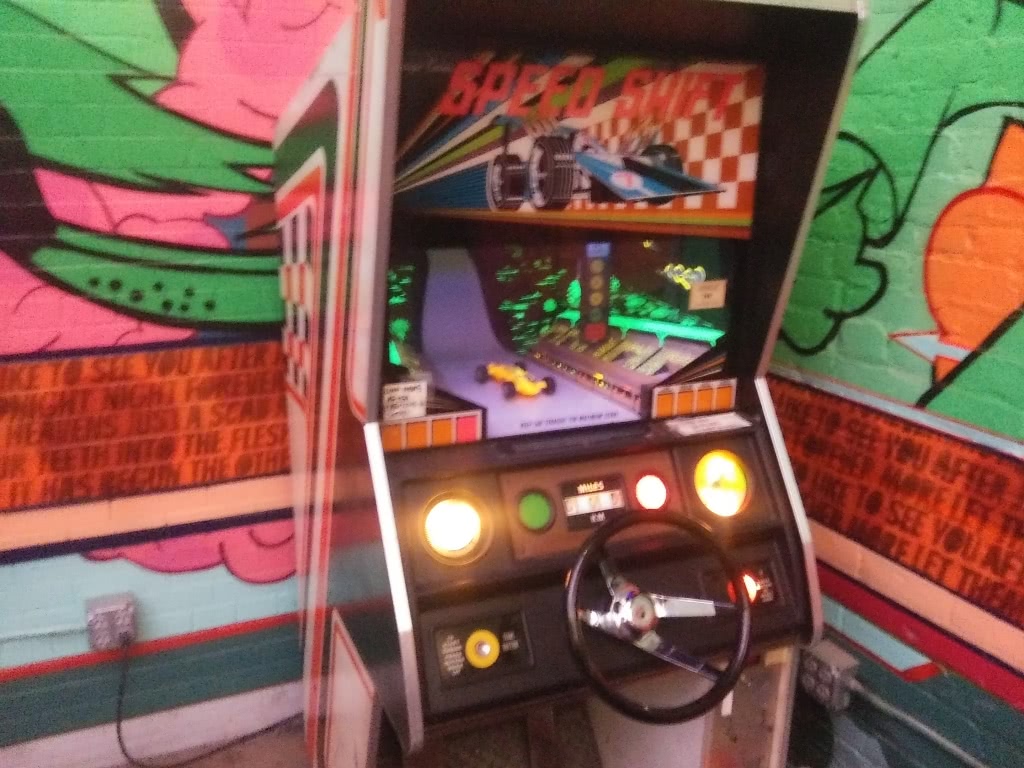
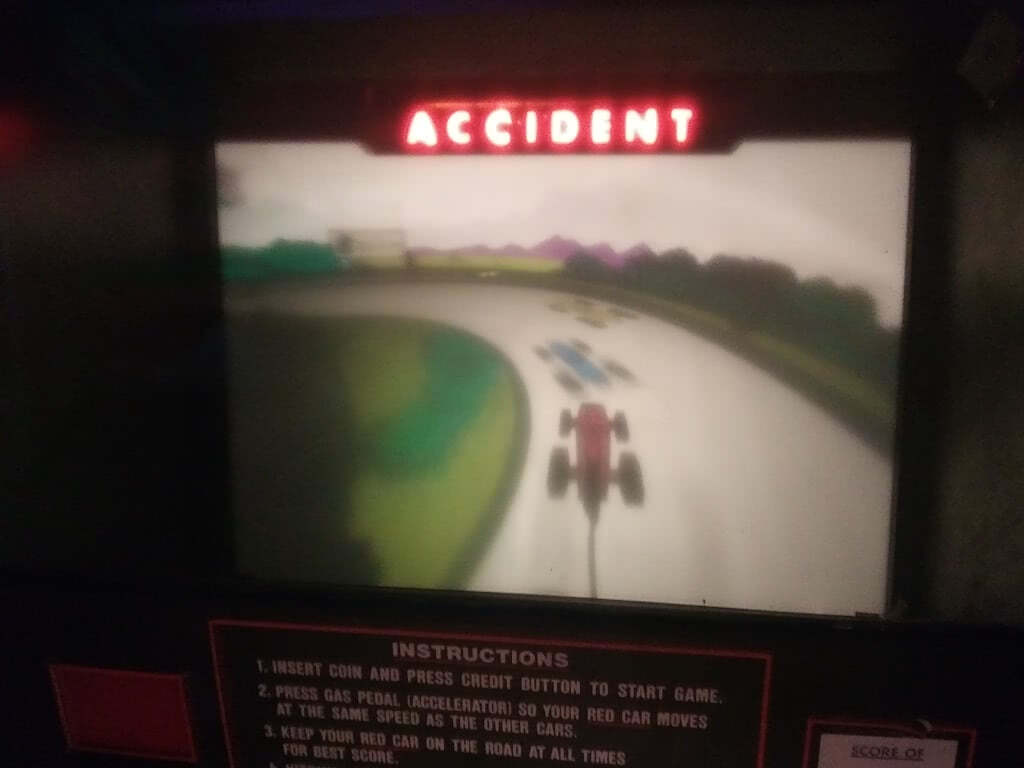
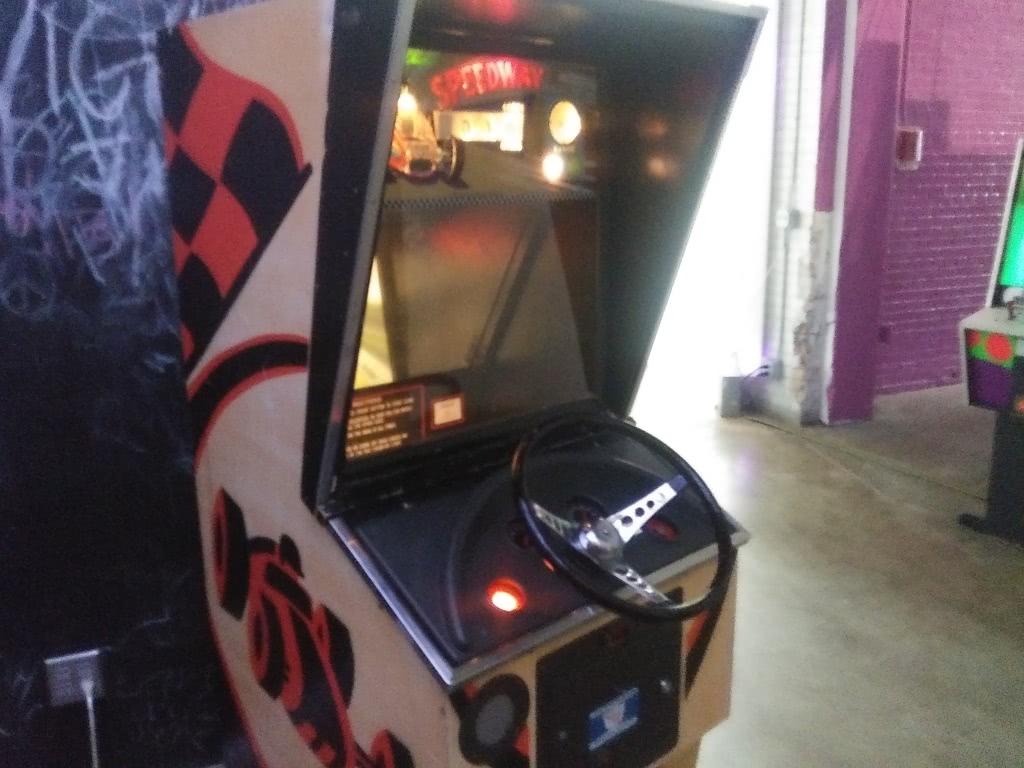
Here we see some examples of very, very early racing games. Since video wasn’t an option, they had to get pretty creative. One version uses a real car model on a scrolling road, while the other uses a car cutout on a moving light screen. Just like the shooting game, there were a LOT of variations of these. Some avid video game history buffs may recognize this style of game for putting a certain Japanese company on the map, but I’ll leave you to research that on your own.
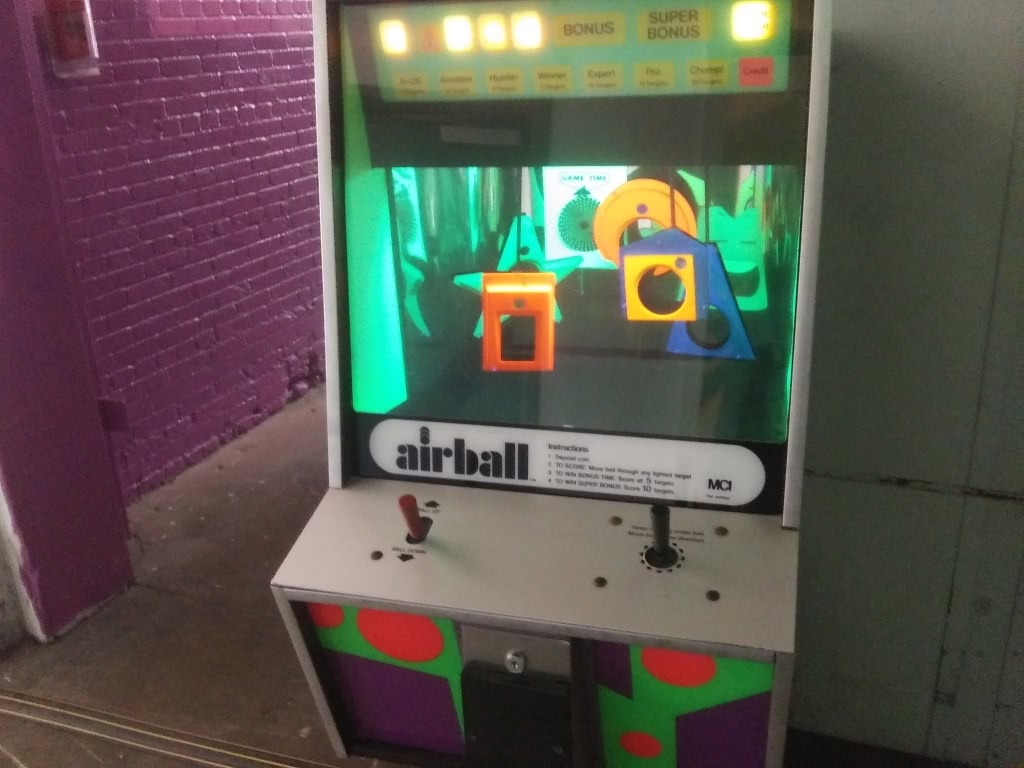
The only other game back here I wanted to call attention to was airball. It’s a neat game where you use a fan to blow a ball through some shapes to get points. This game is significant because… well, look at it! It looks dope!

There was some construction work in the back for some shooting range game. I took these photos half a year ago, so it’s probably done by now.
This post is just turning into a photo dump. Blame the fact that Can Can Wonderland sells itself on the atmosphere first and foremost. The game selection isn’t bad, though. They’ve got a full-size Star Wars Episode 1 Racer, Police Trainer 2, Die Hard Arcade, and even a Pac-man pinball machine!
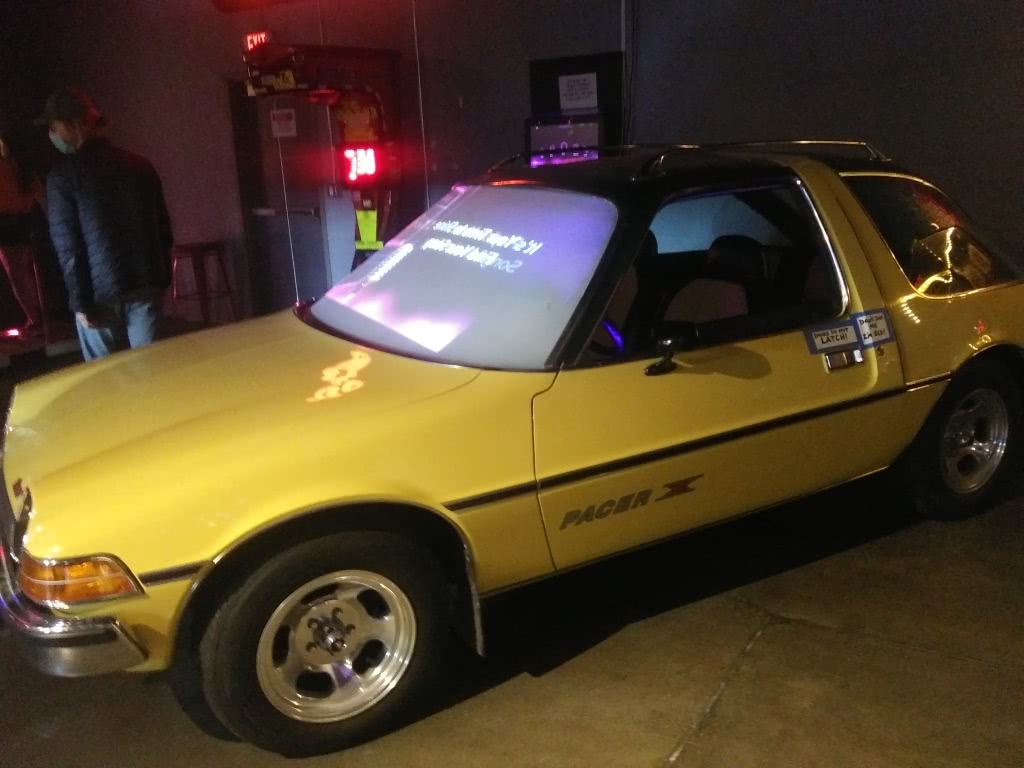
There’s also an old car converted into a private karaoke booth! The car’s windshield has been replaced with a screen that displays the lyrics.

Most importantly, they have a DDR Supernova machine! Since Can Can Wonderland is pay-at-the-door for two hours, that makes it the cheapest Supernova machine in town!
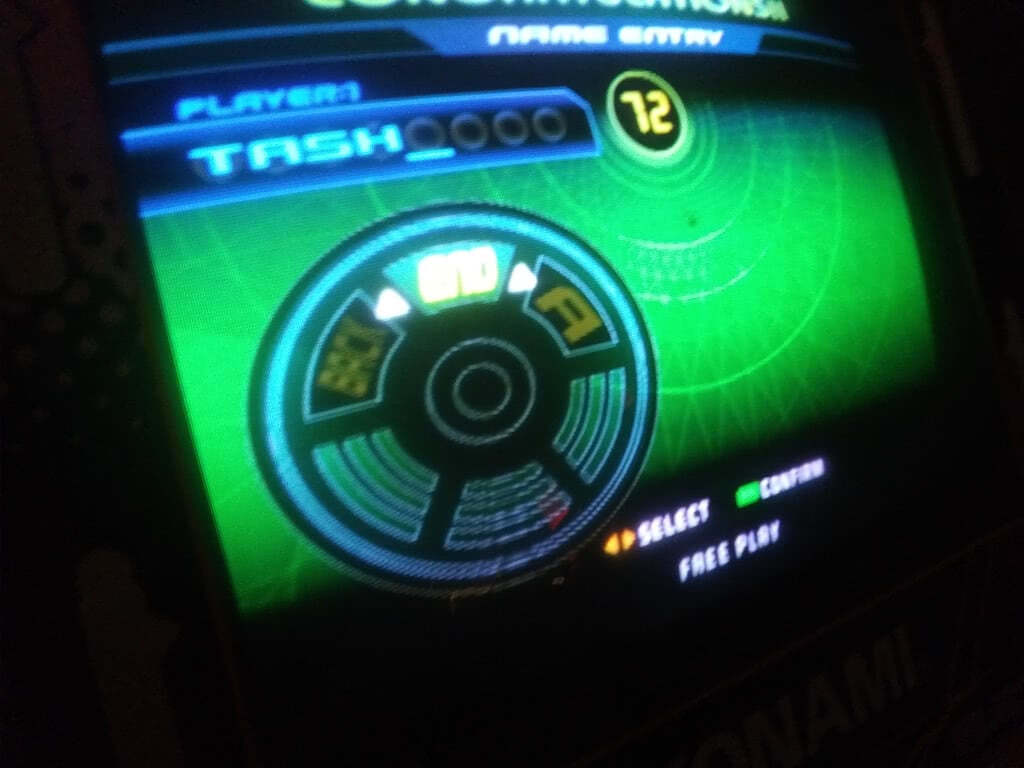
The good players haven’t found this machine since the scores were all set super low.
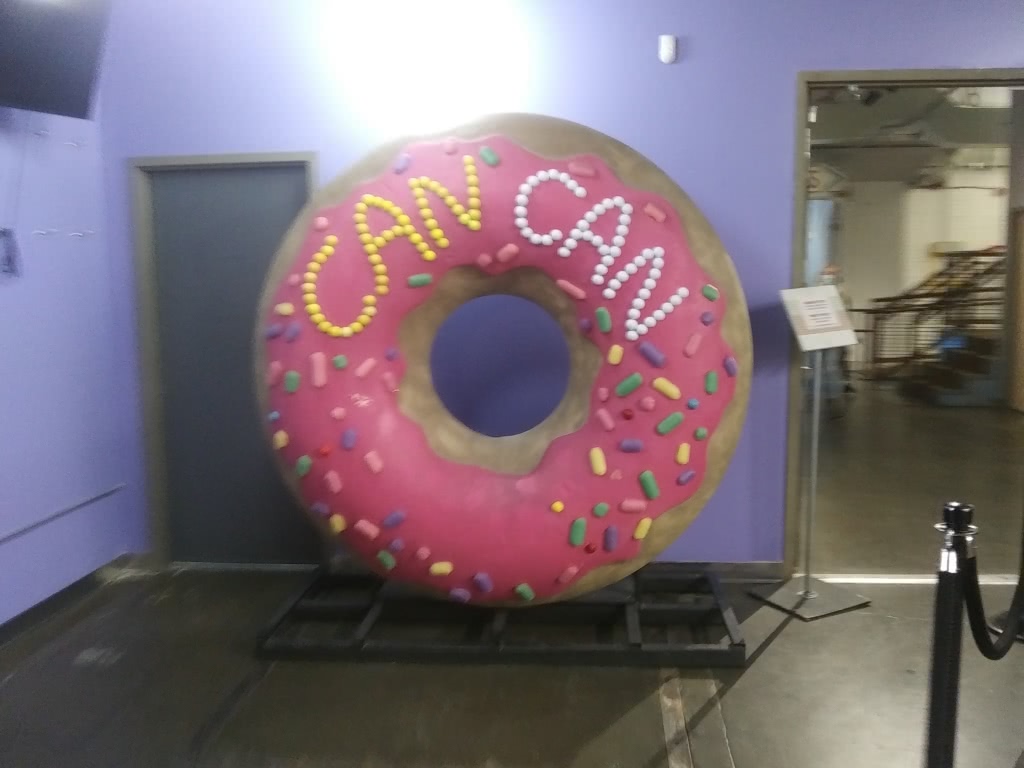
There you have it. Can Can Wonderland is one of the most unique arcades I’ve ever seen. If I were more interested in pre-video era arcades, I’d probably rank it as one of the best arcades I’ve been to. I’ll still give it an A-class rating just for being unique. It’s an arcade I think everyone in the Twin Cities should visit at least once.
By the way, this area of Saint Paul is one of my favorite haunts. I’ve prepared a bonus post about all the other places around here that need to be seen to be believed, but that’ll have to wait for another time.

